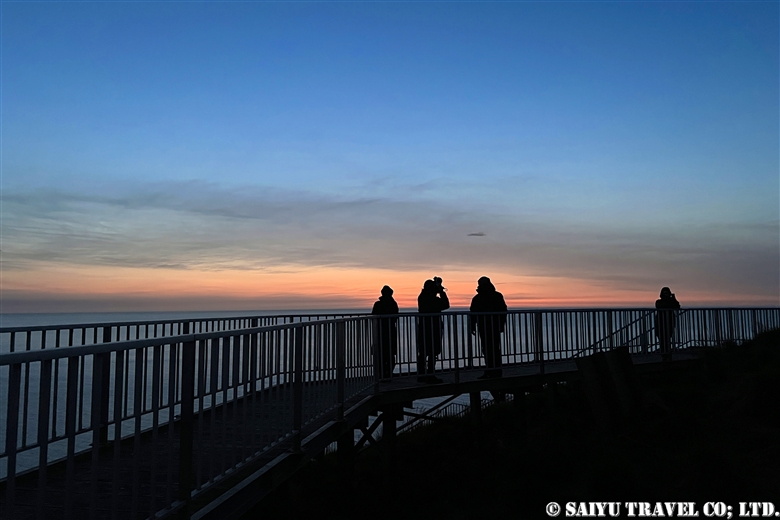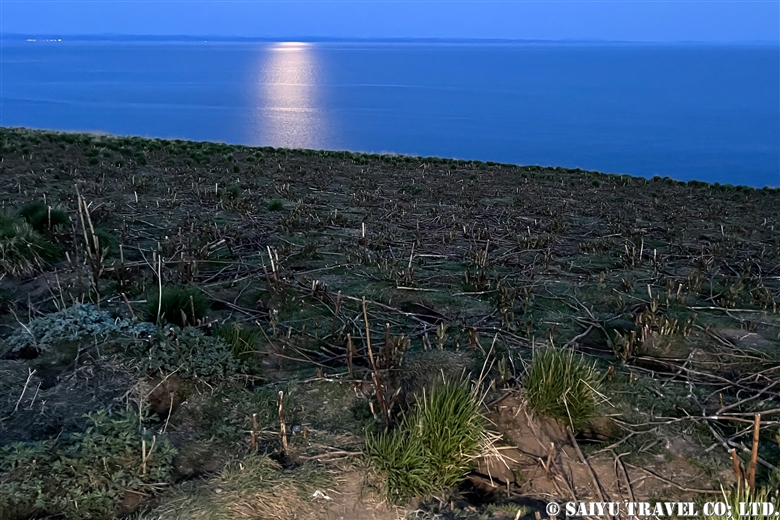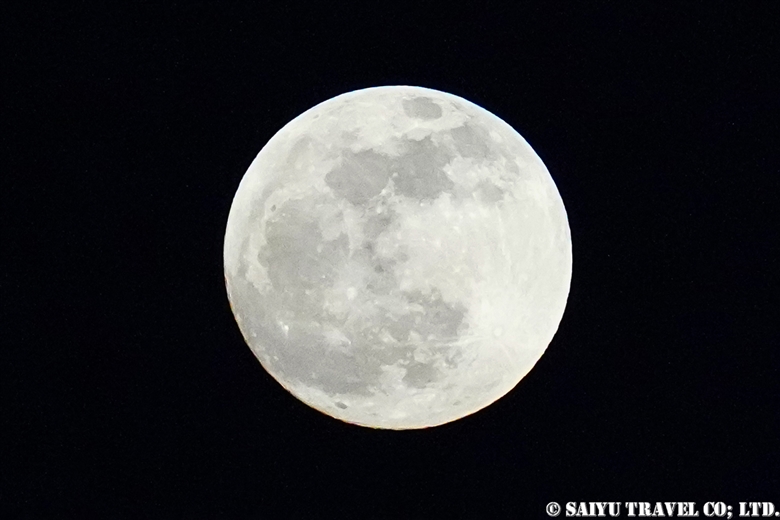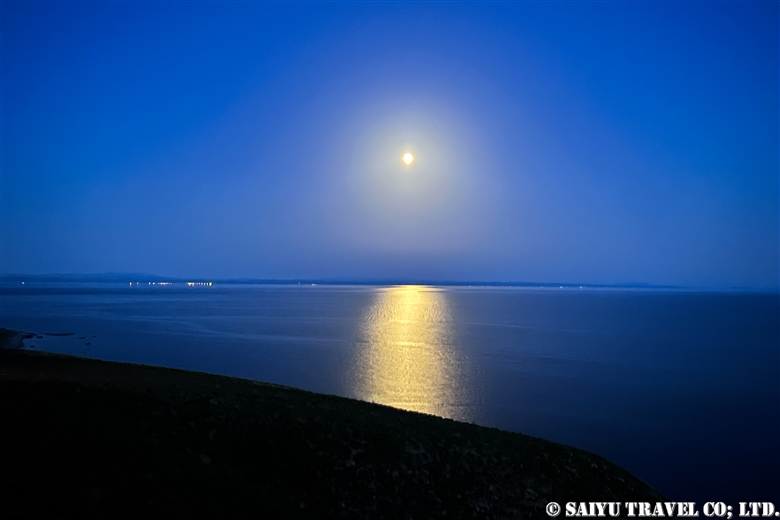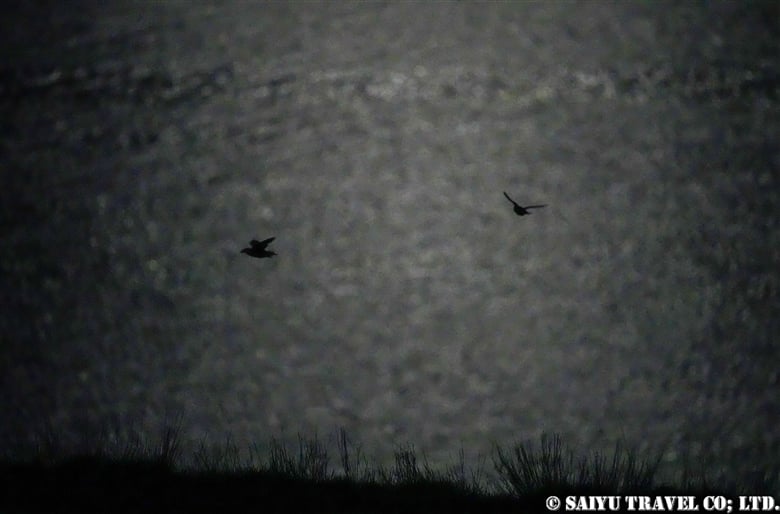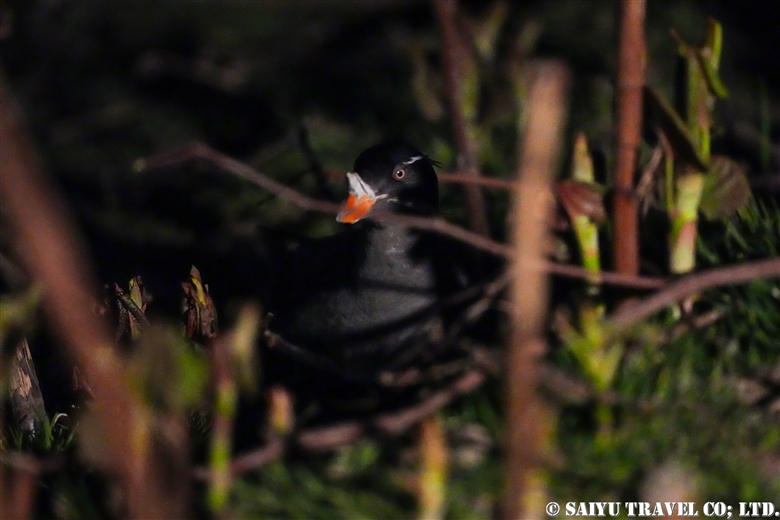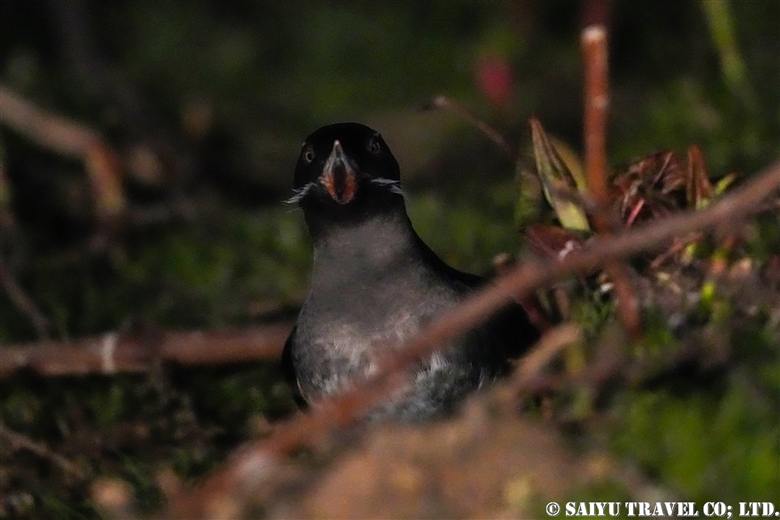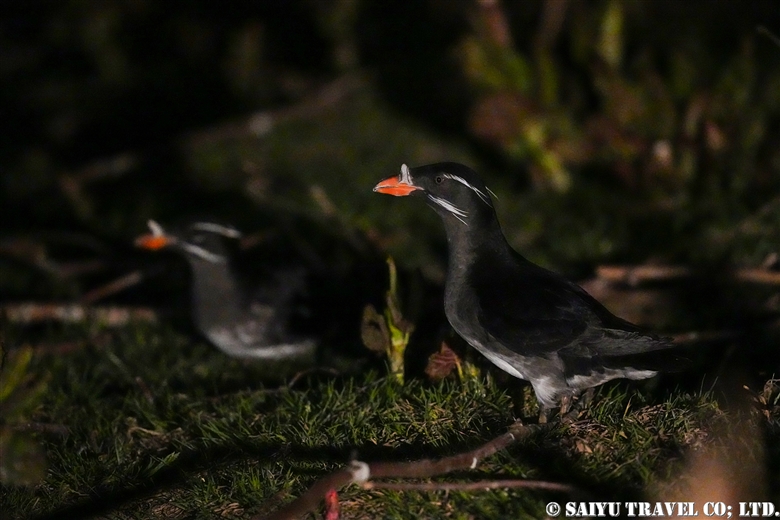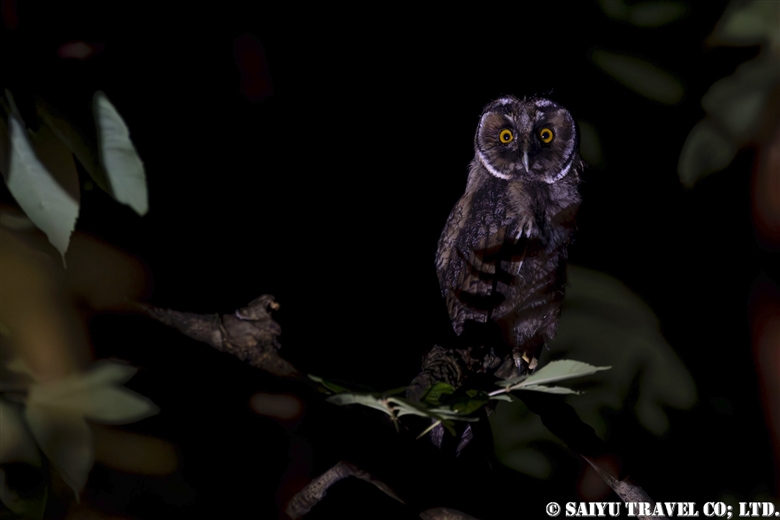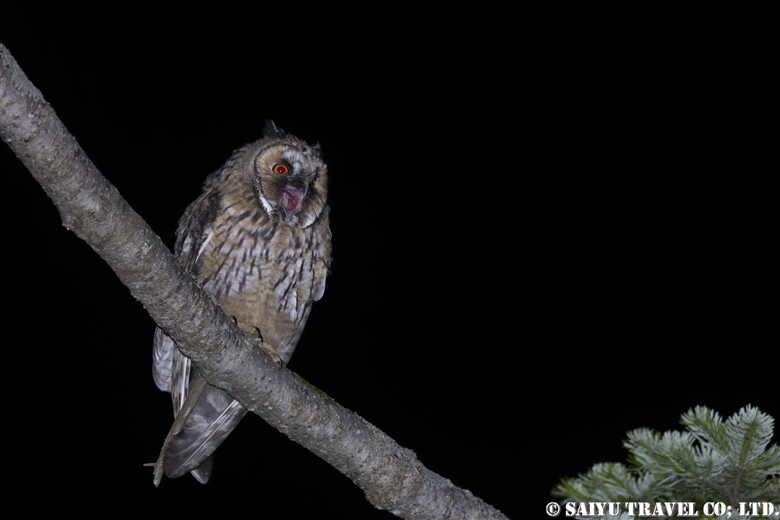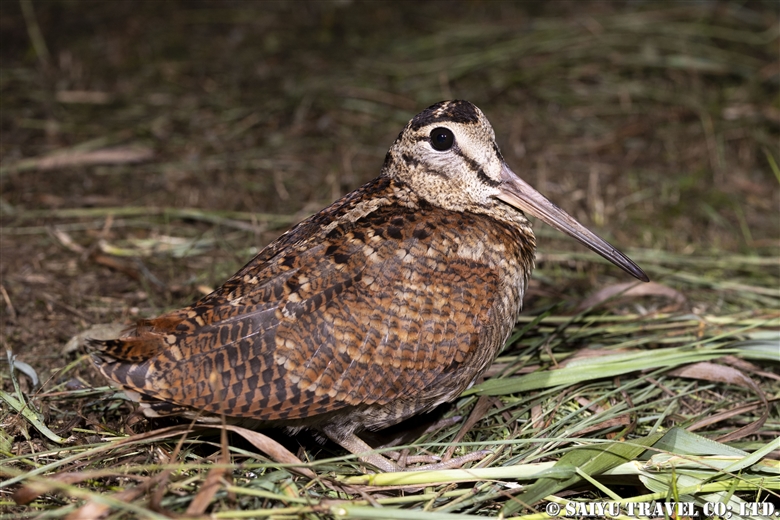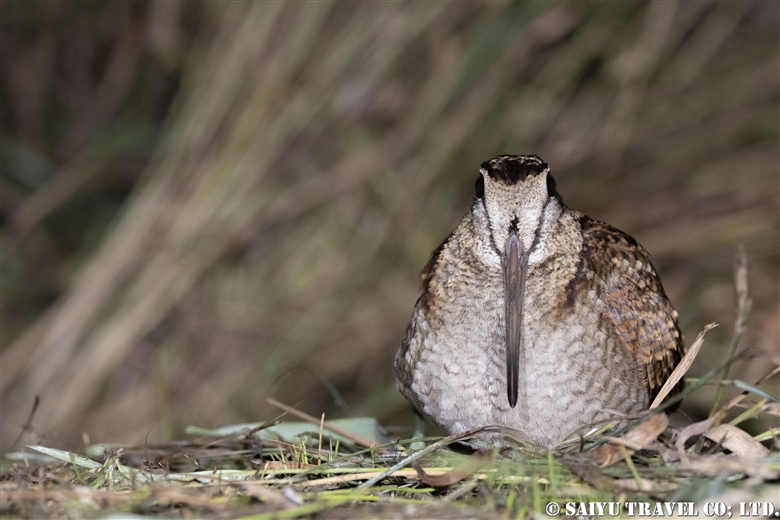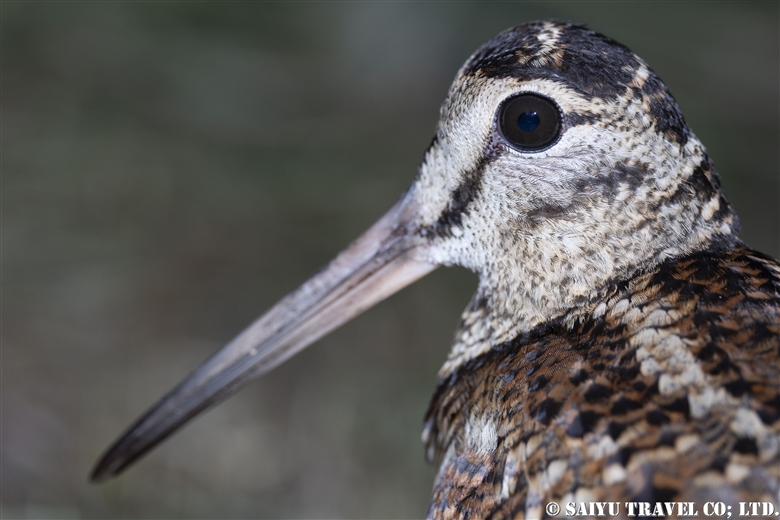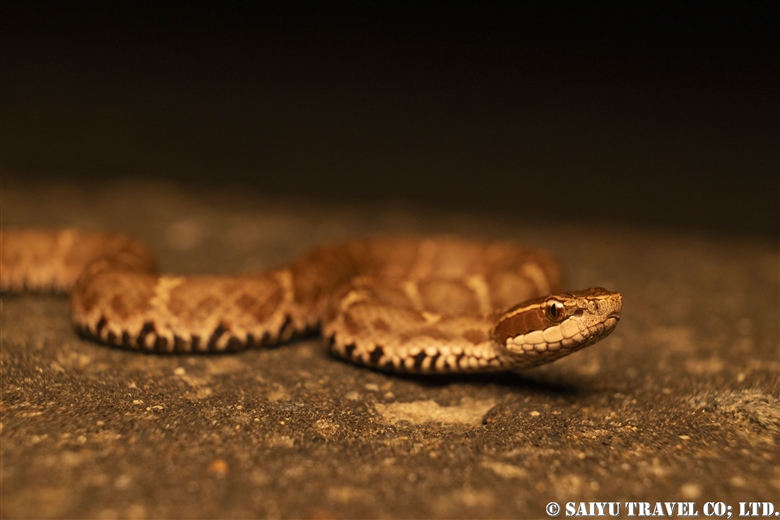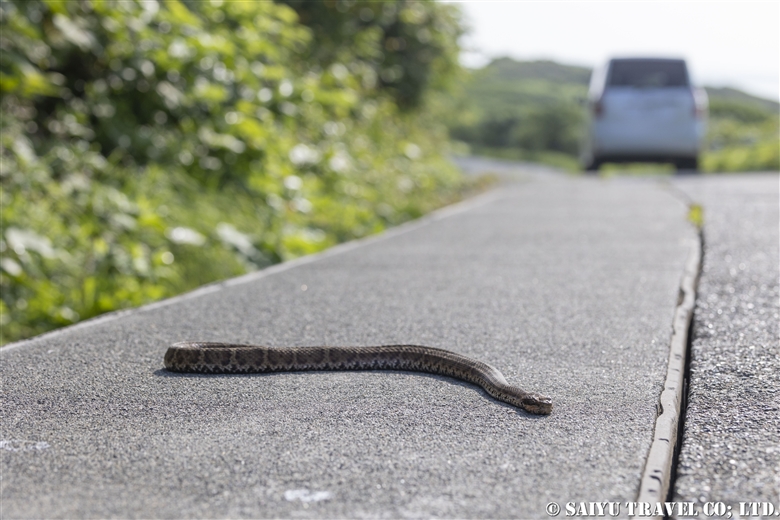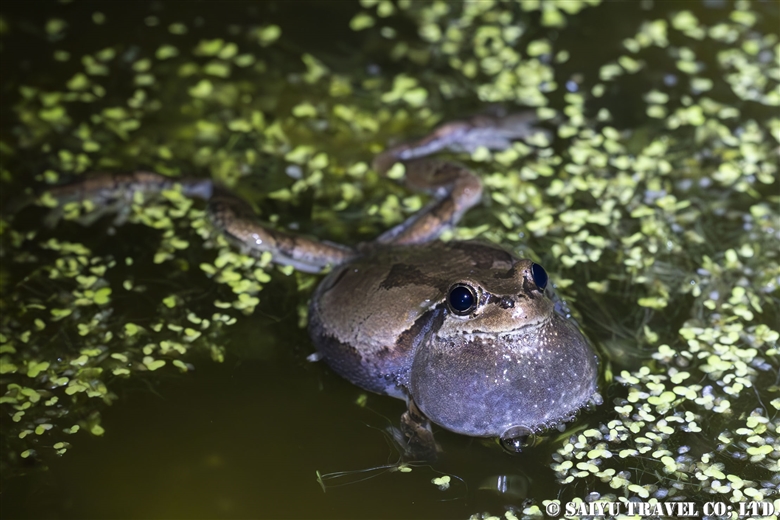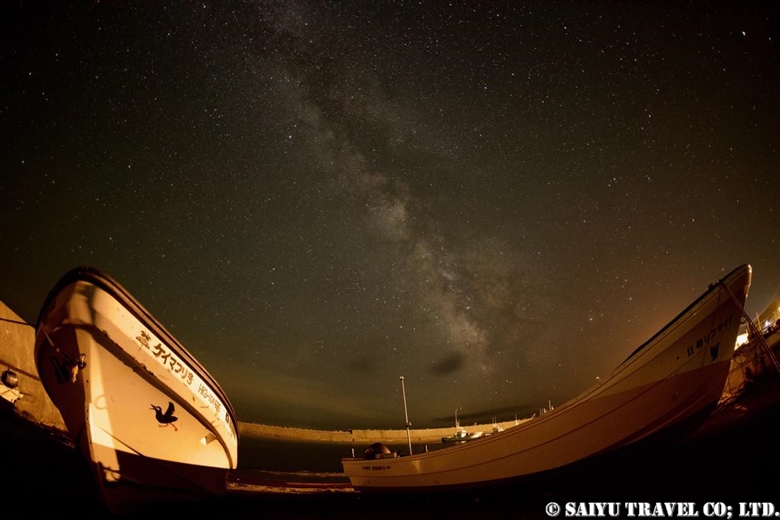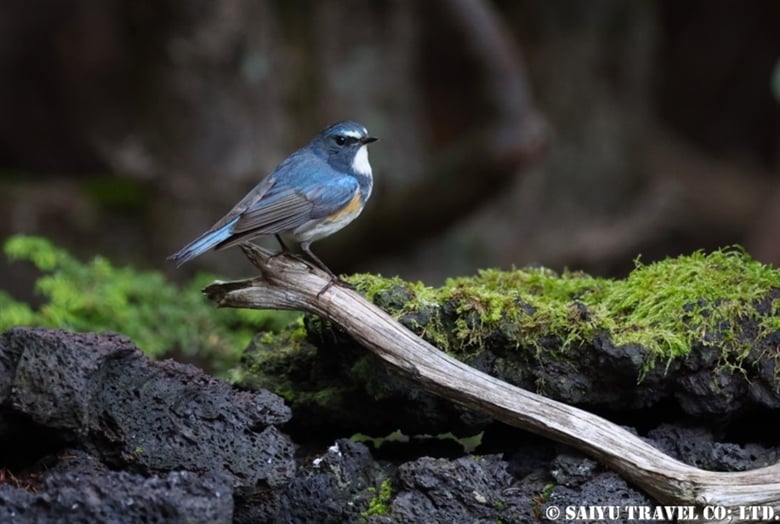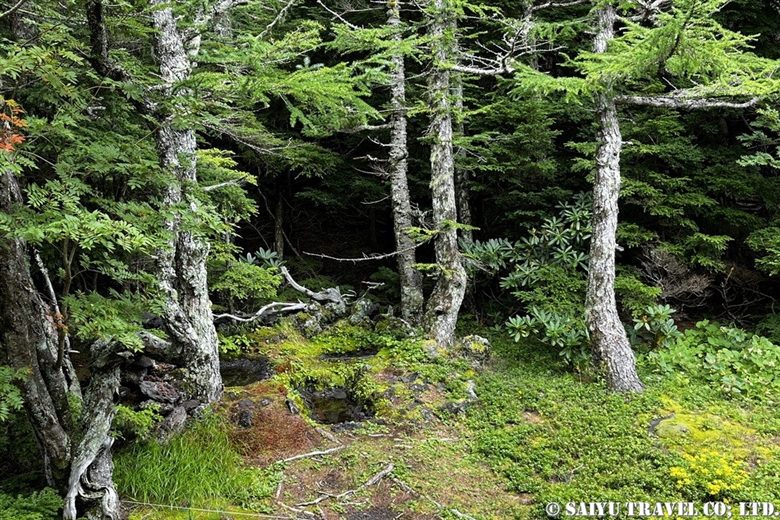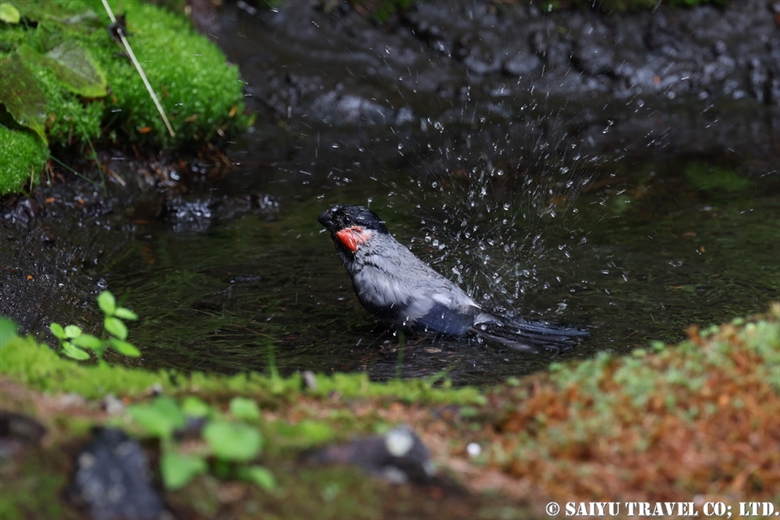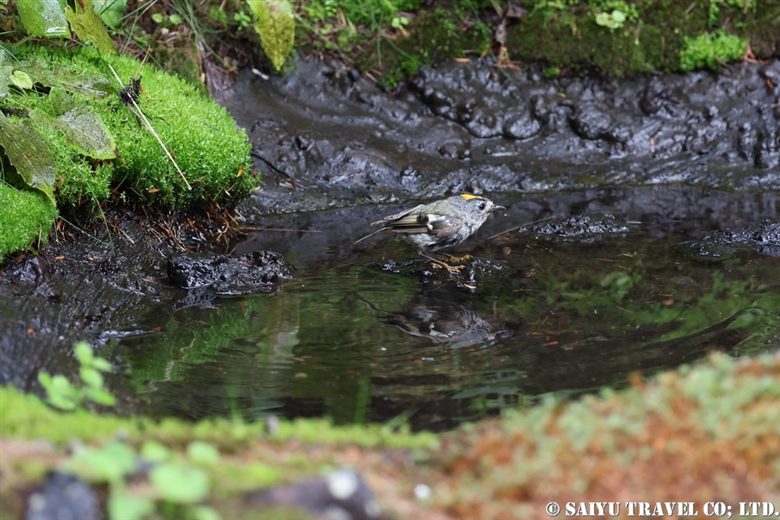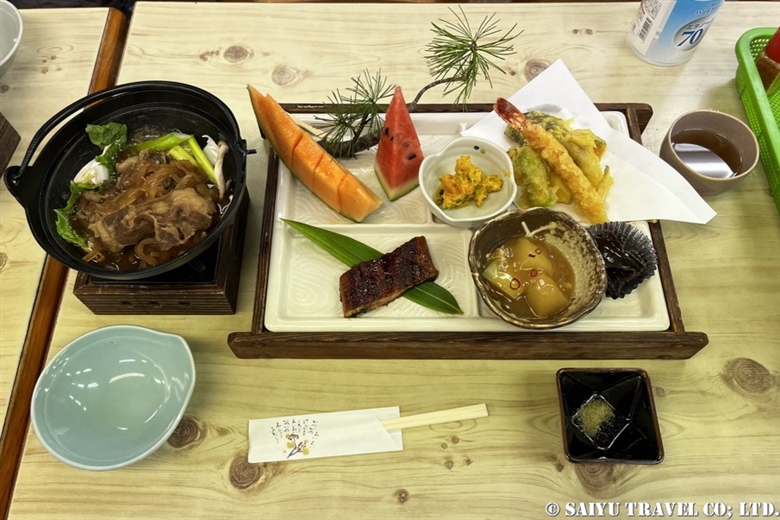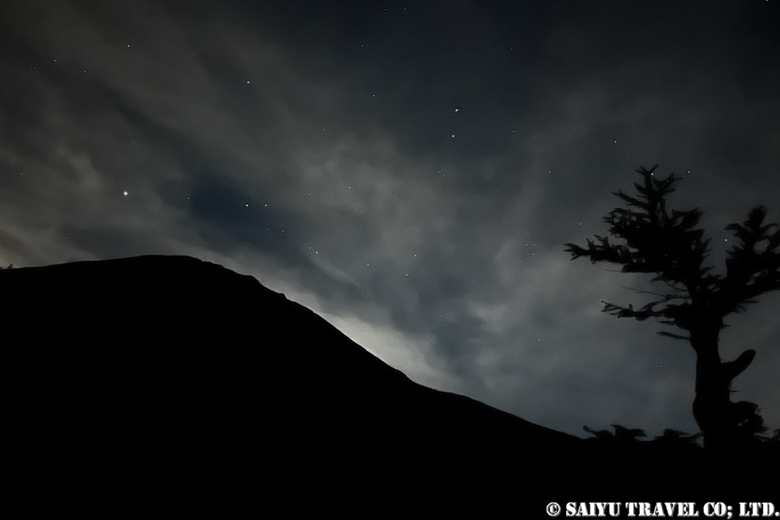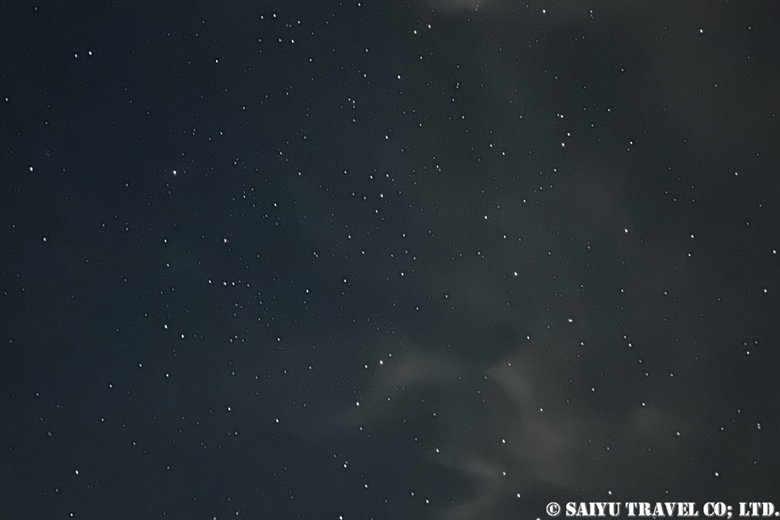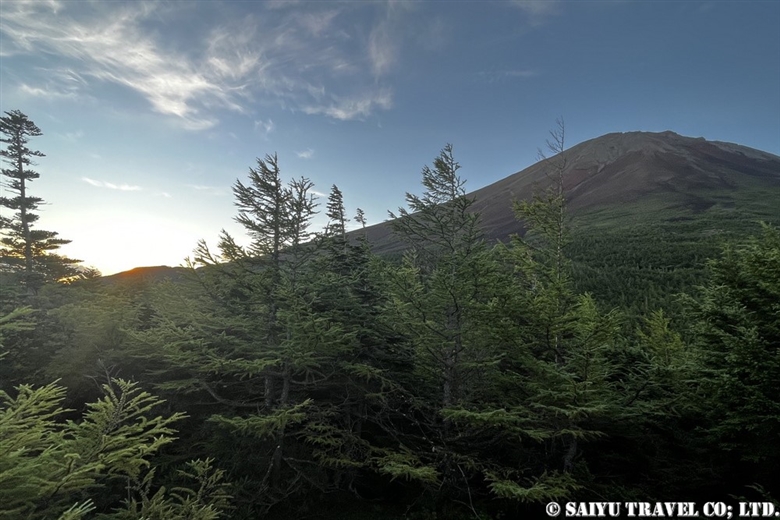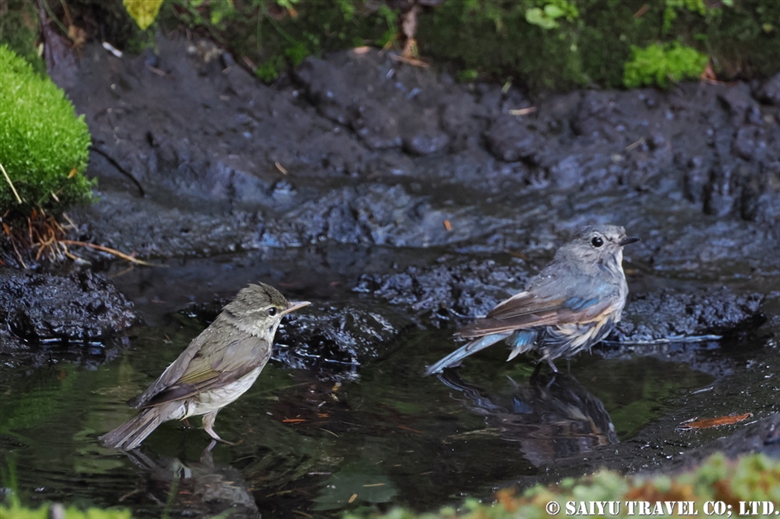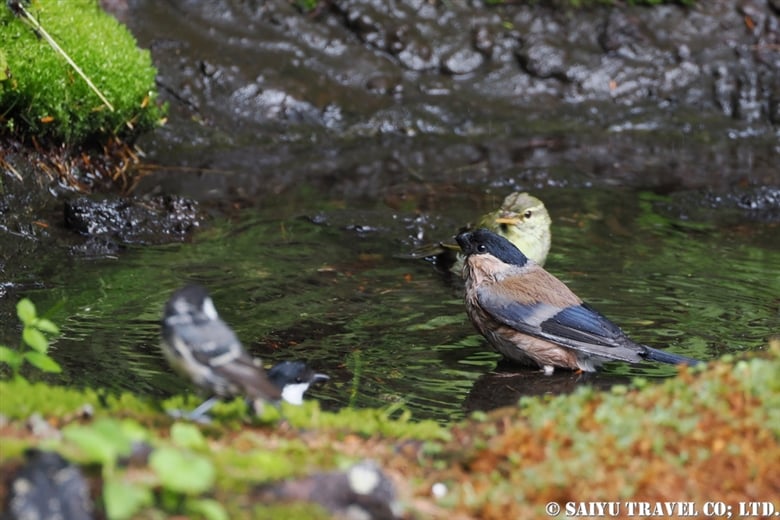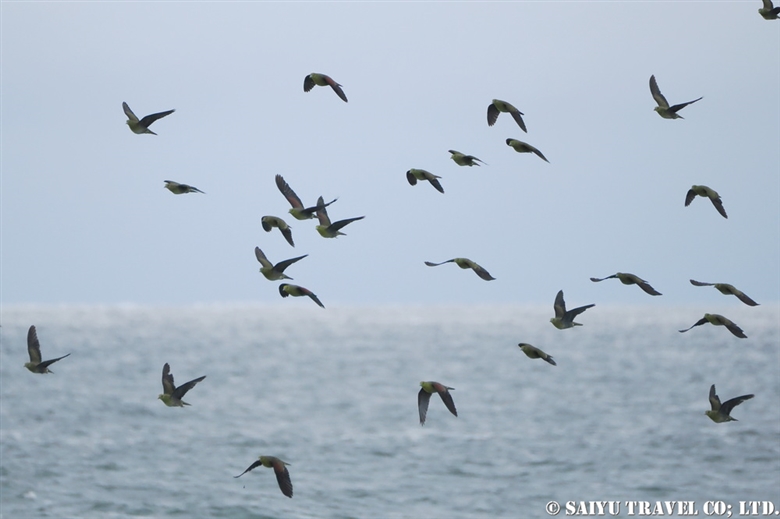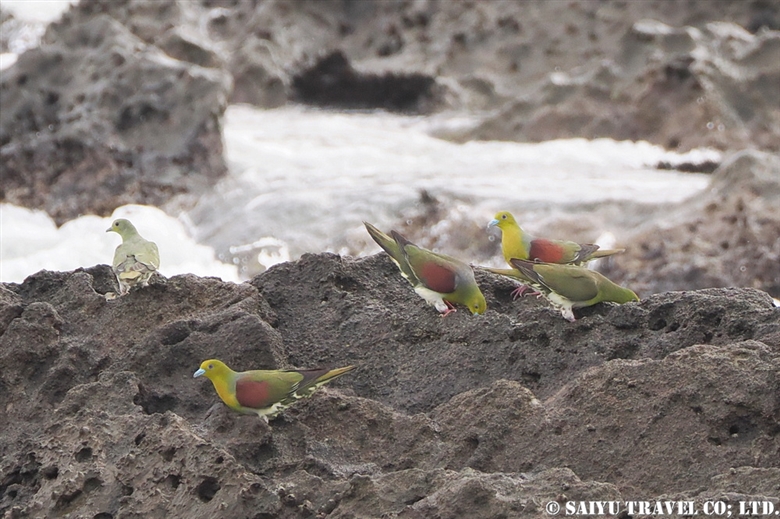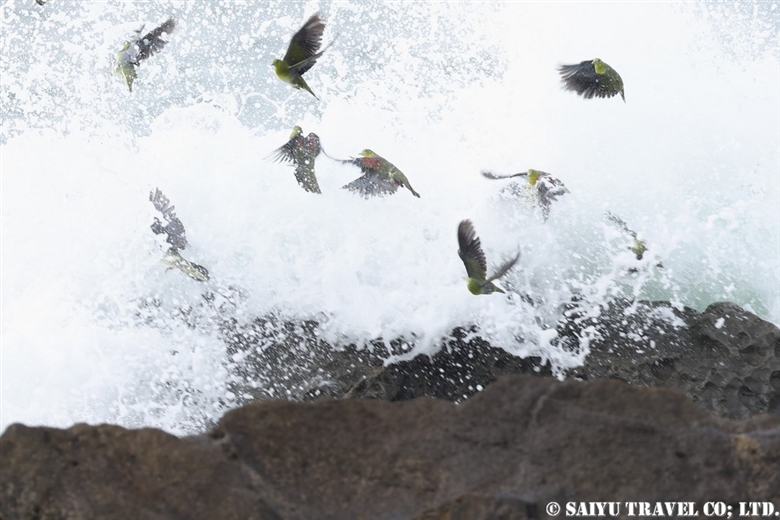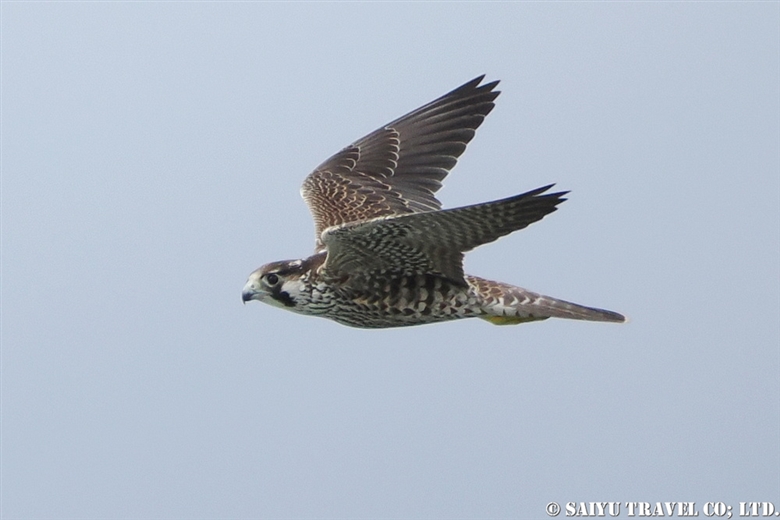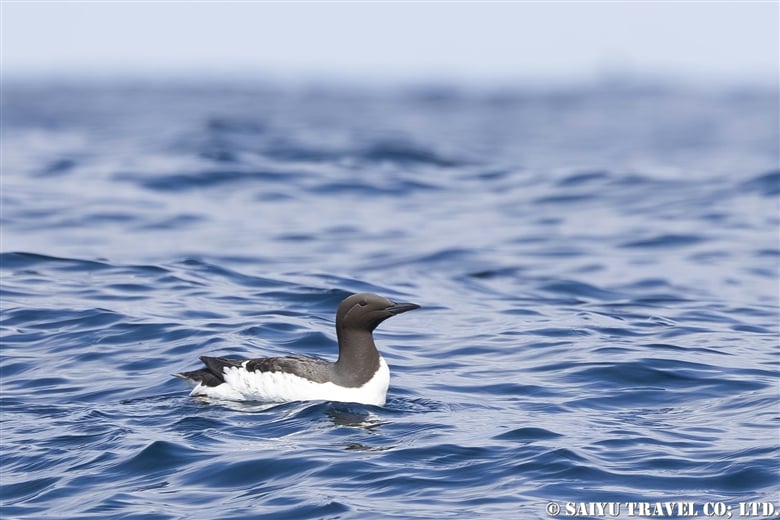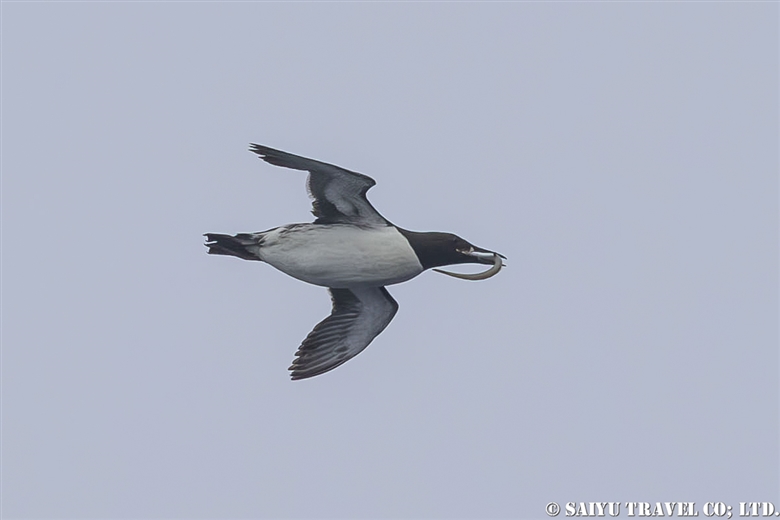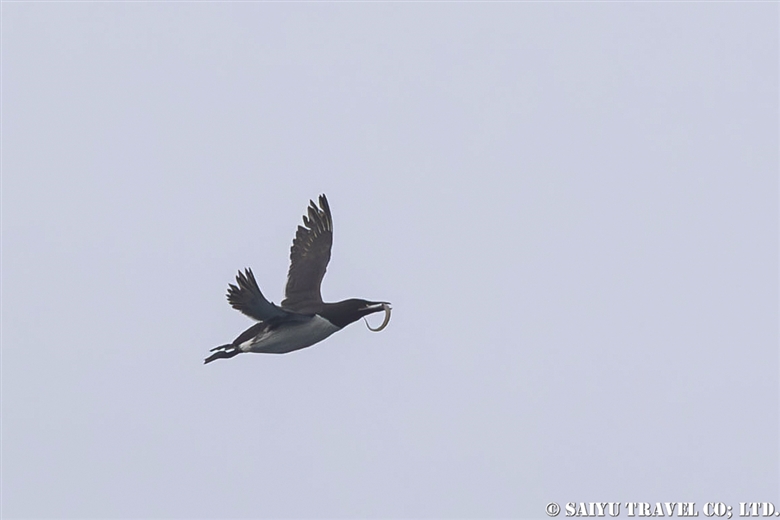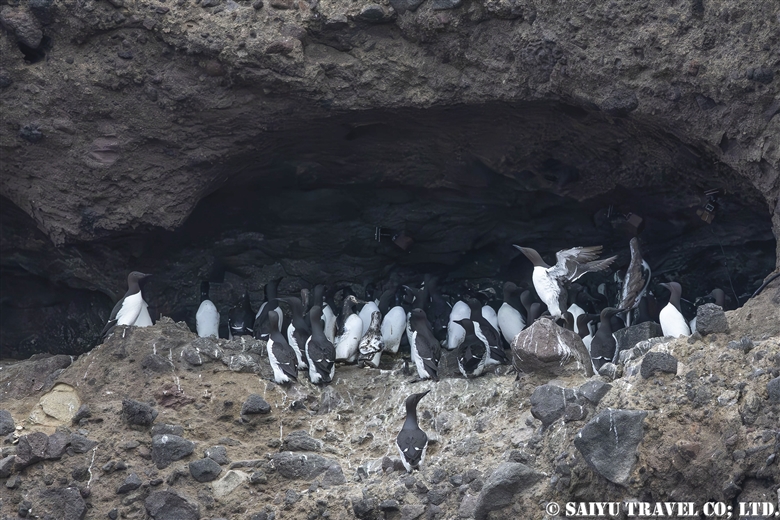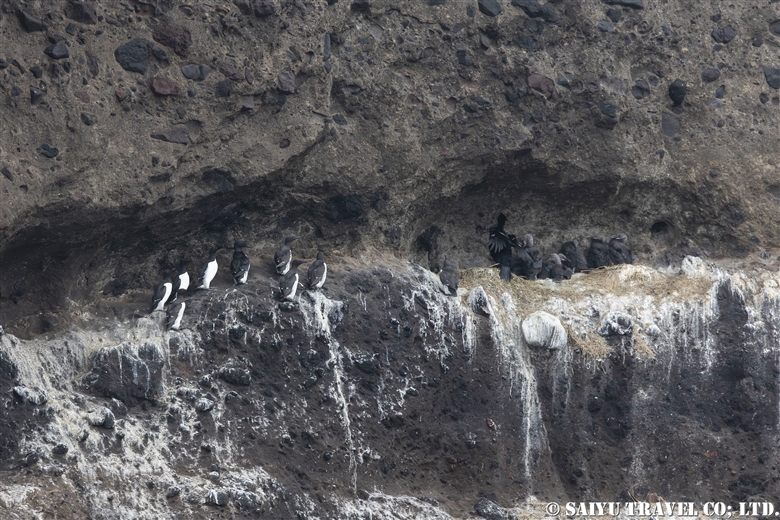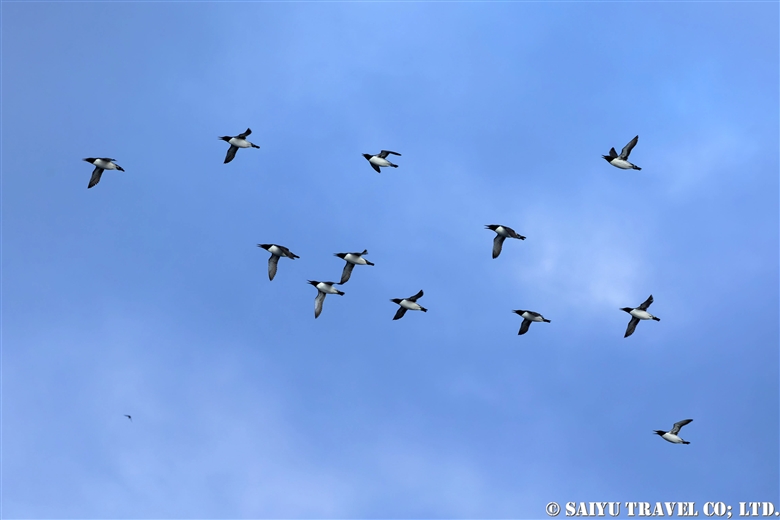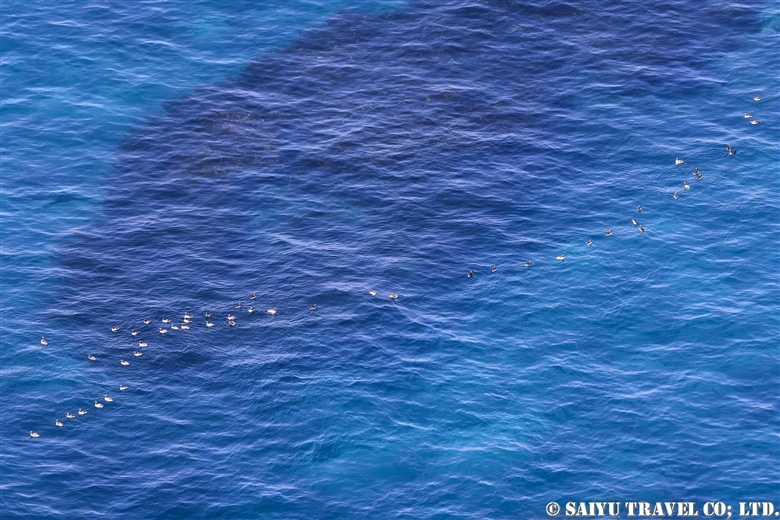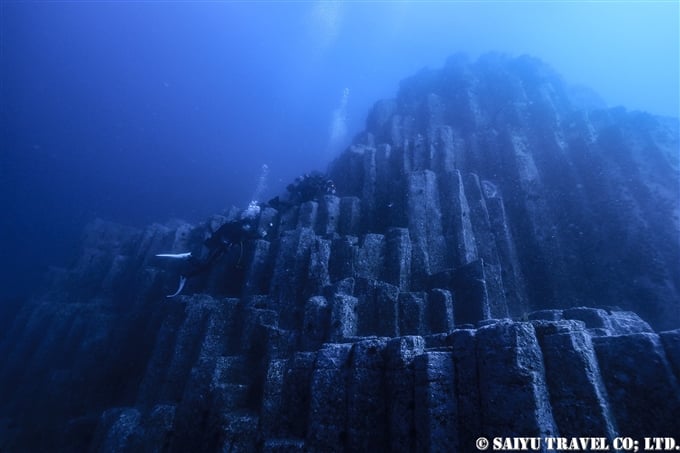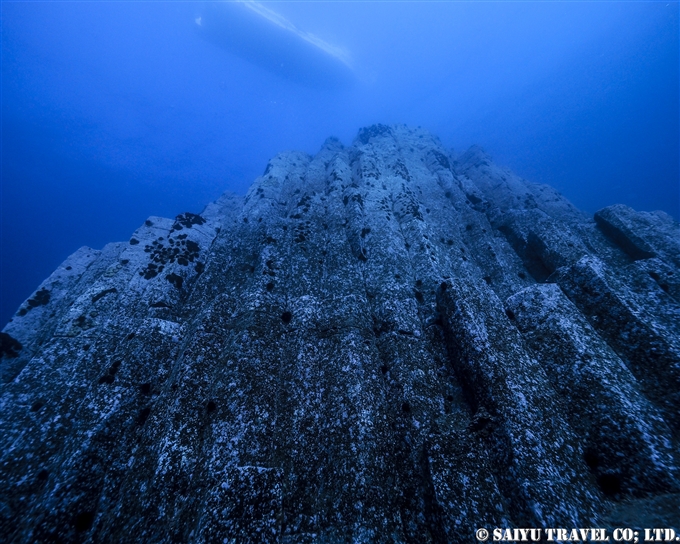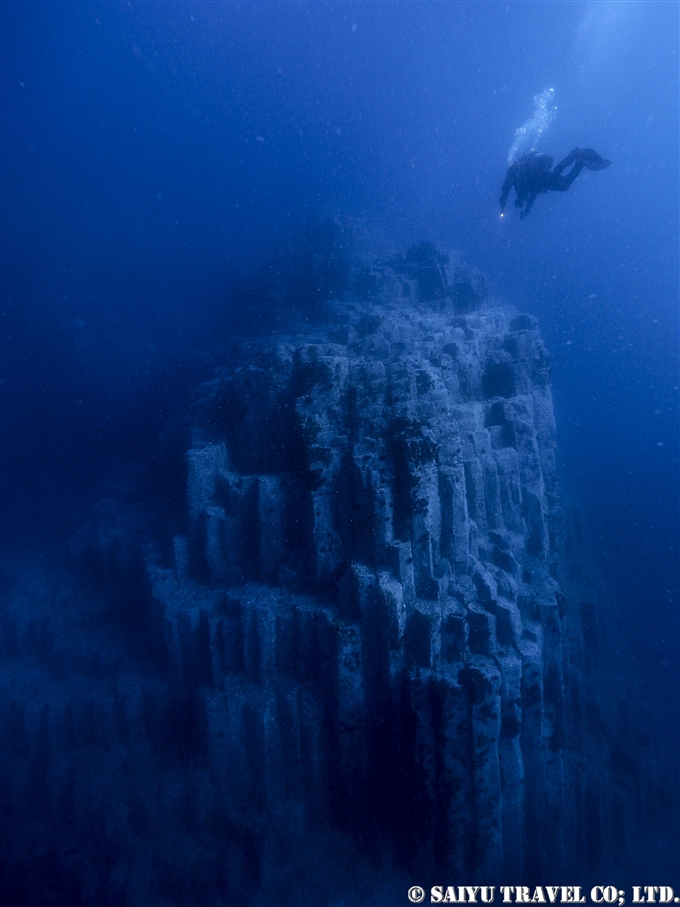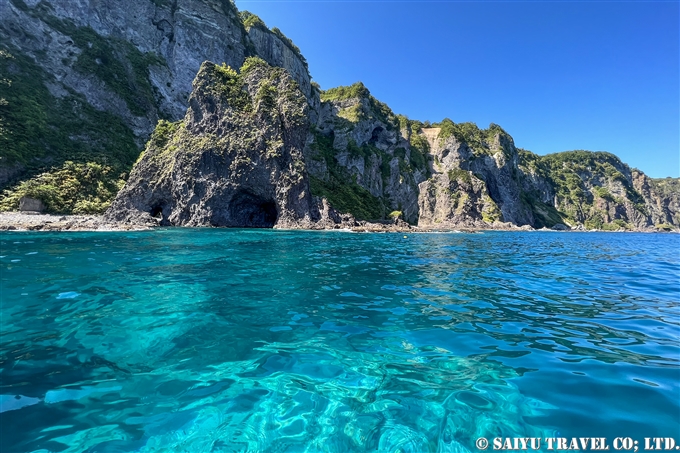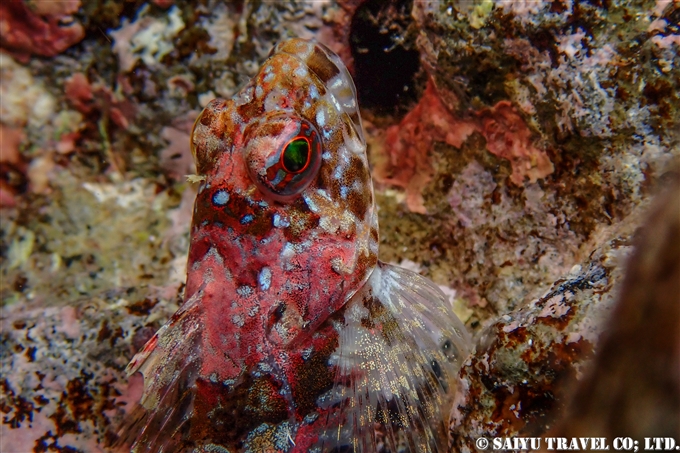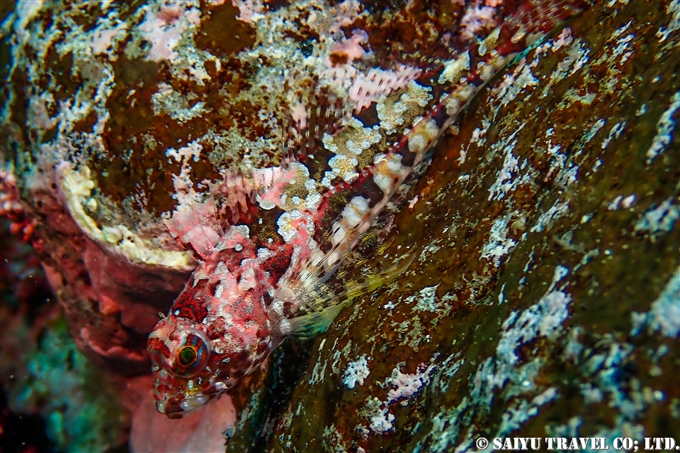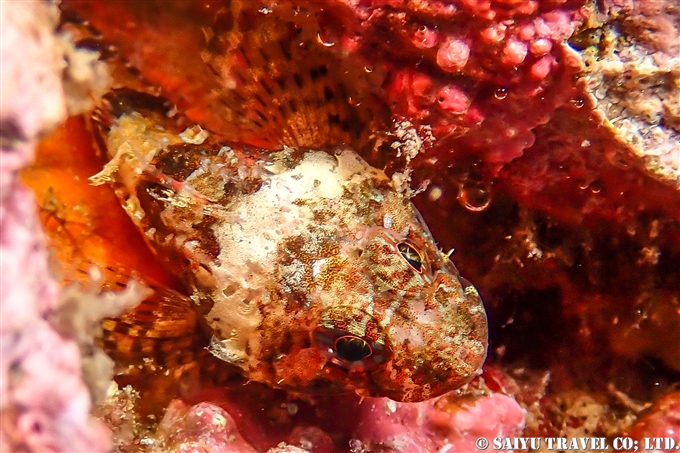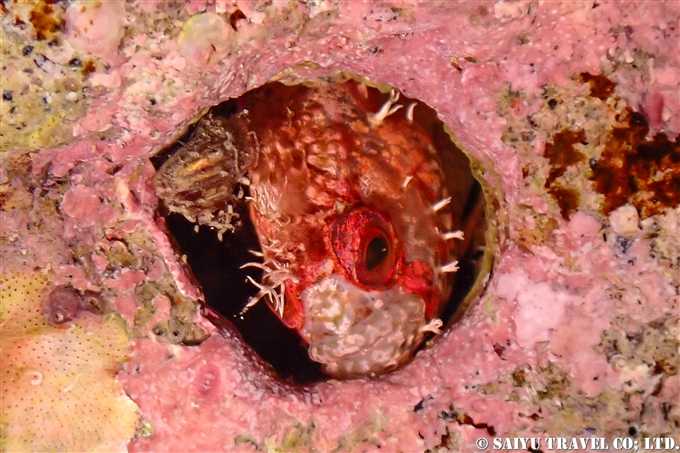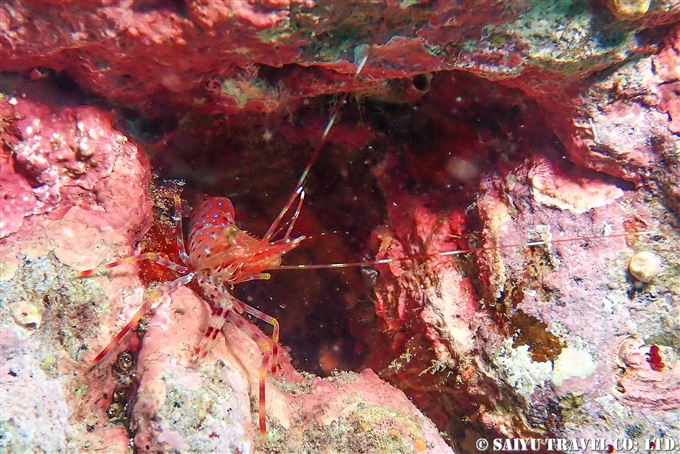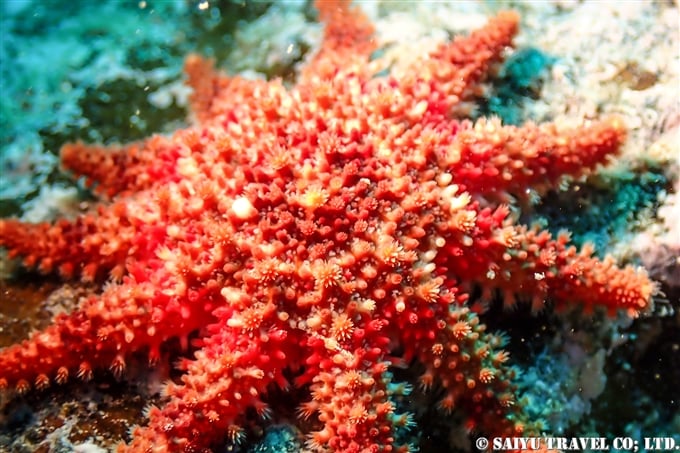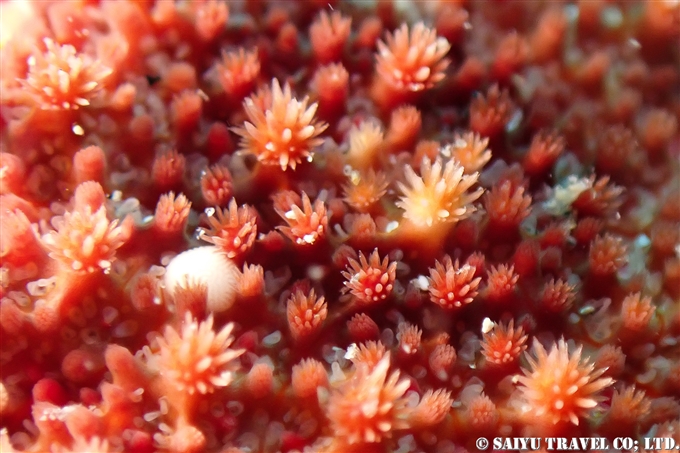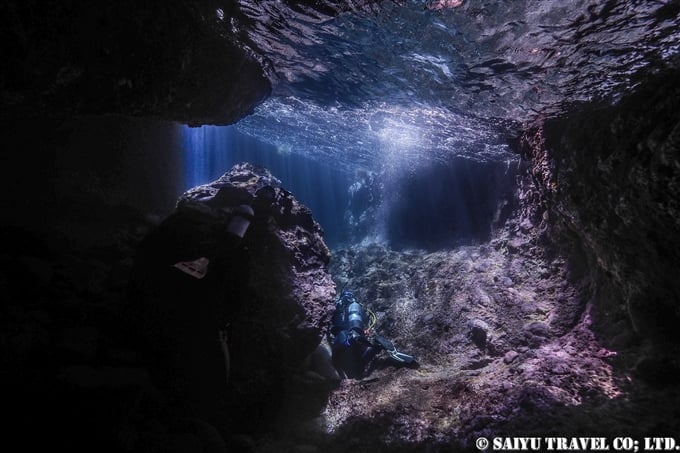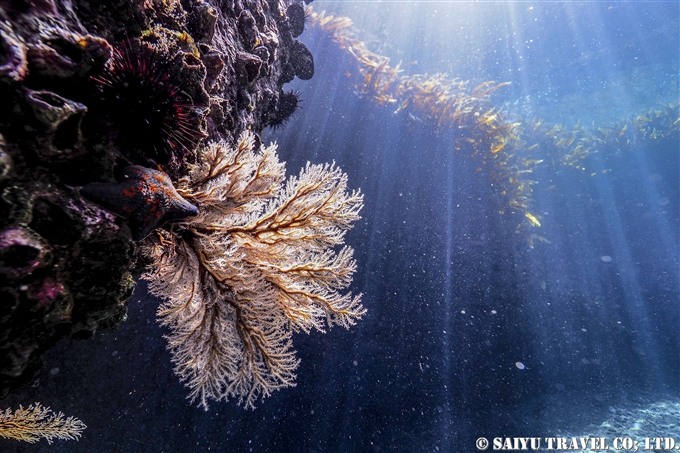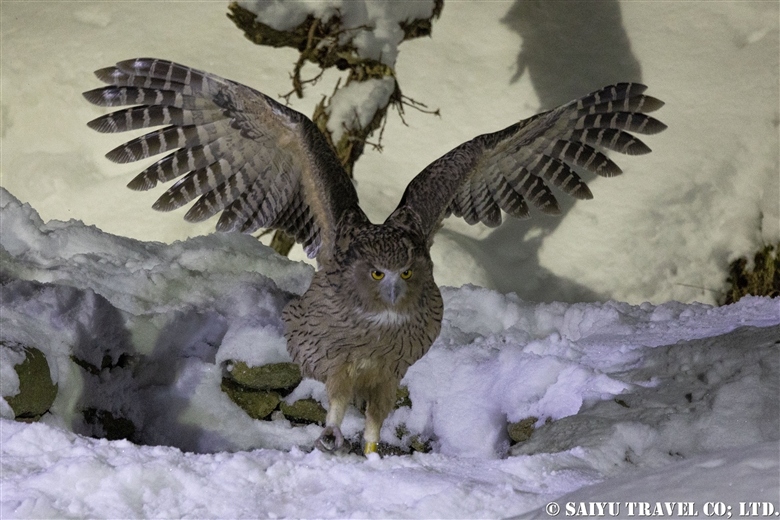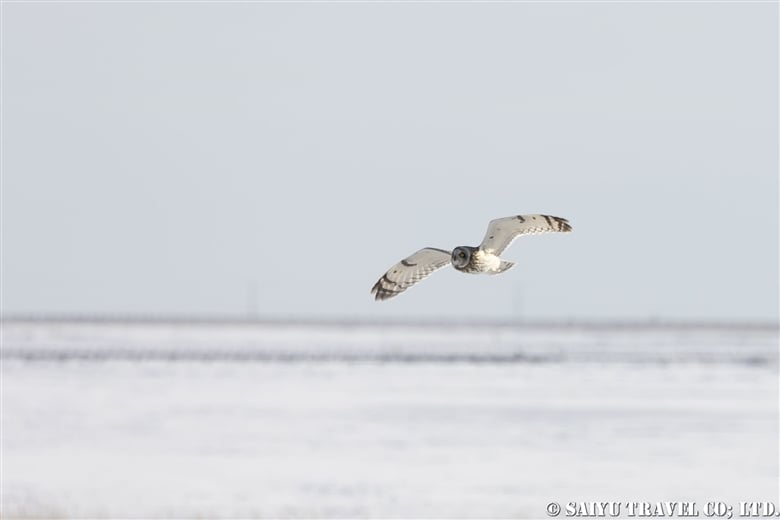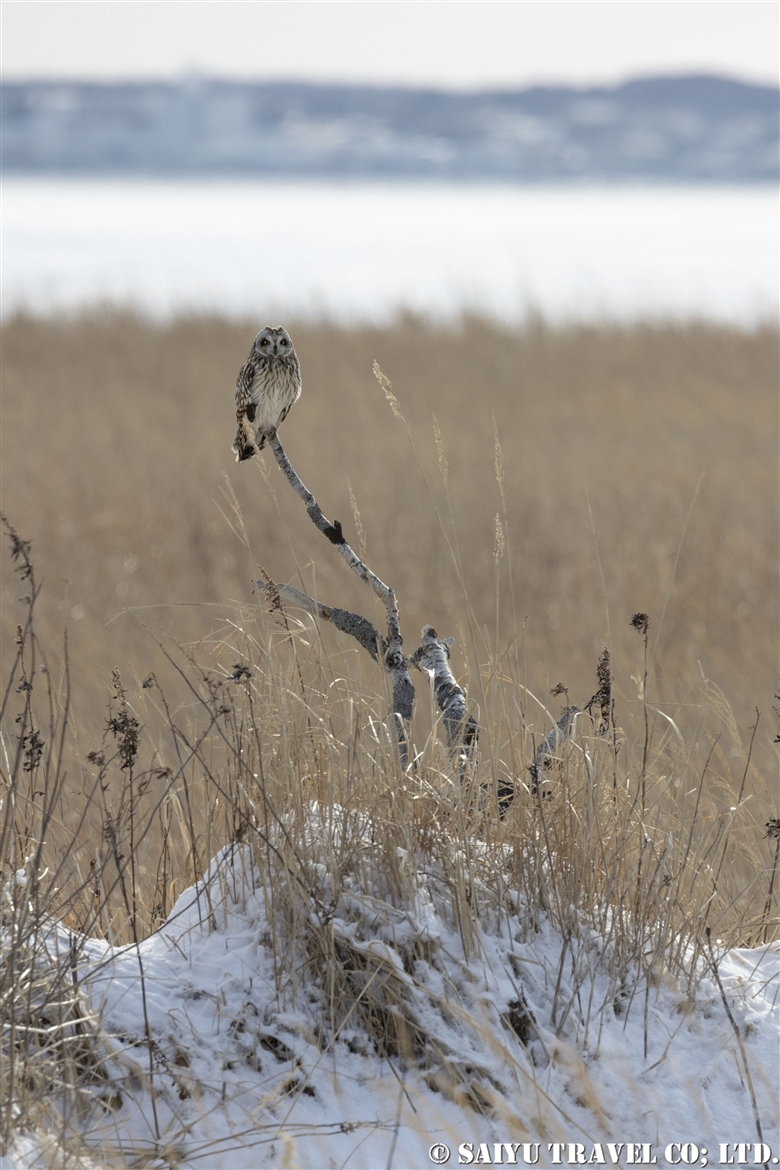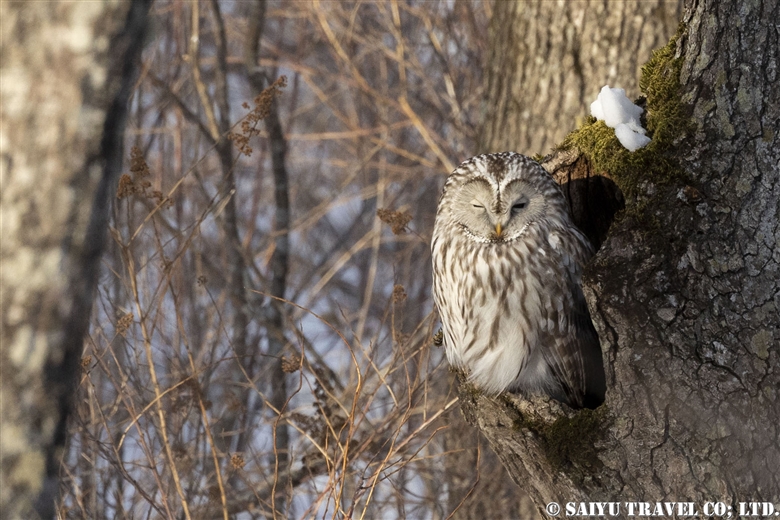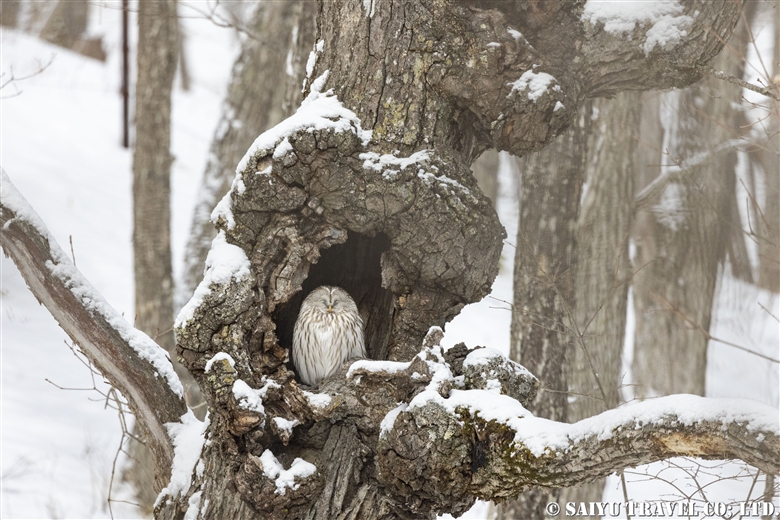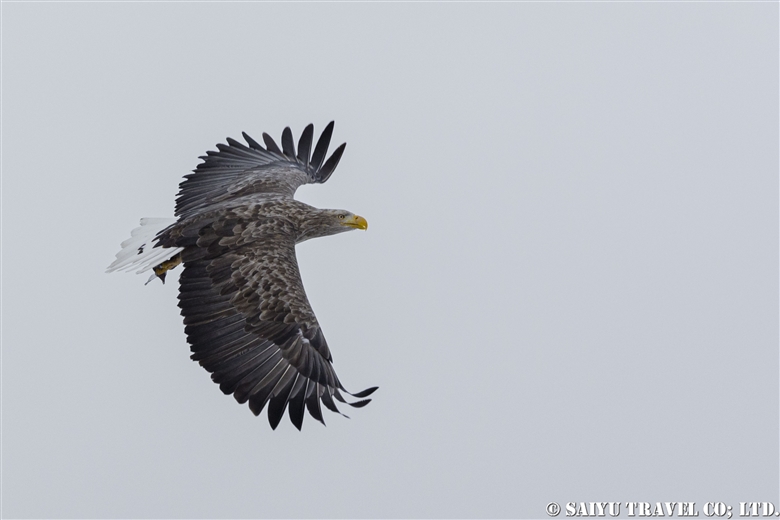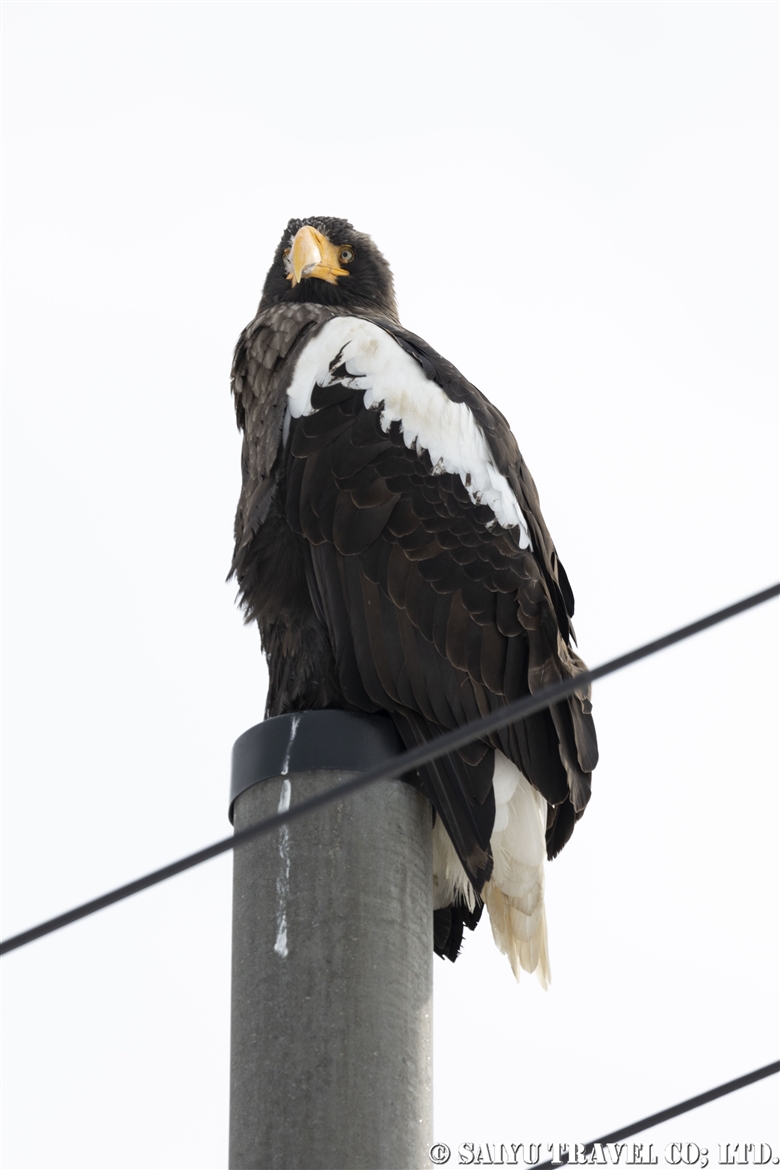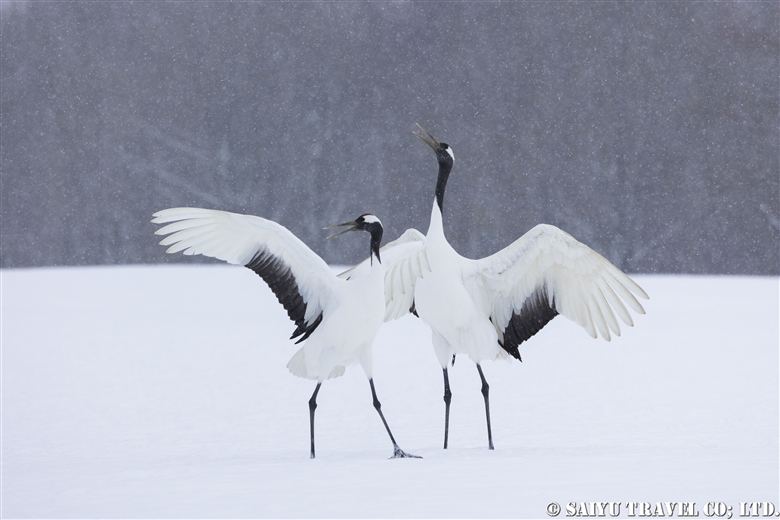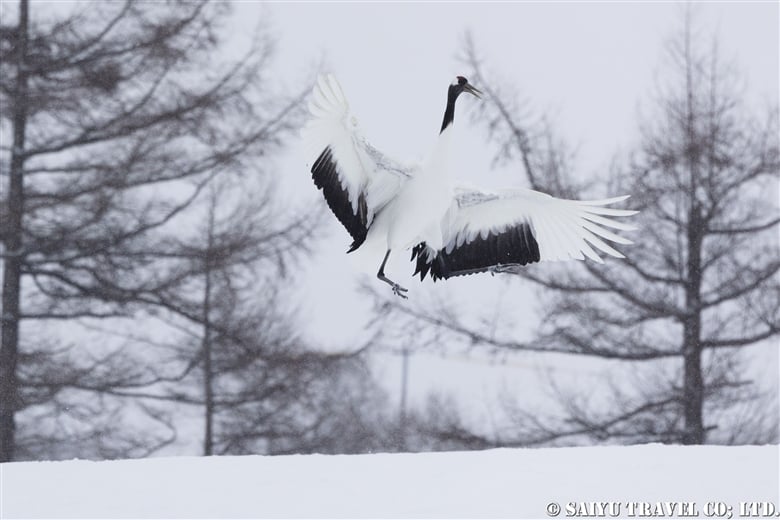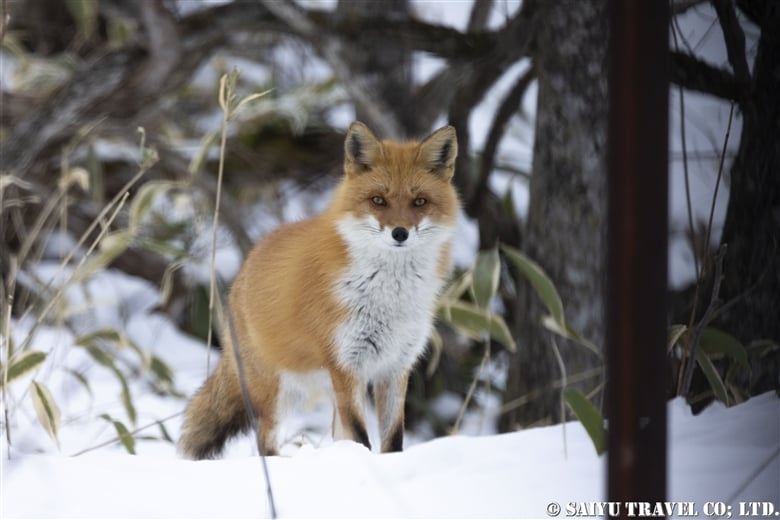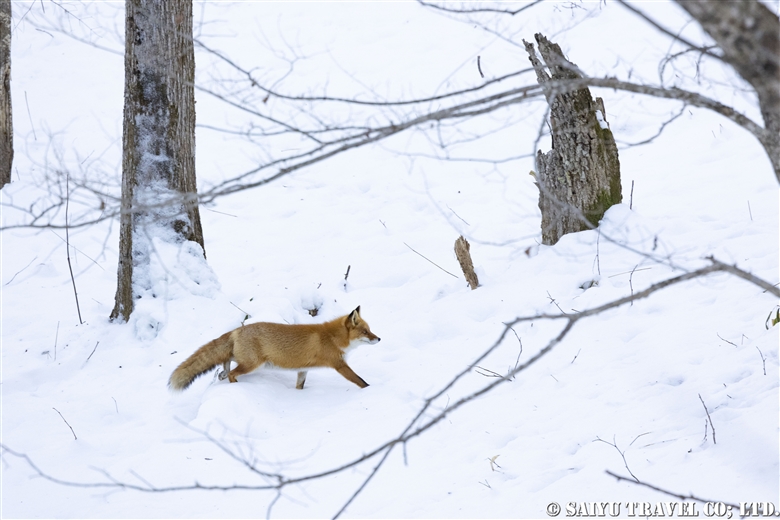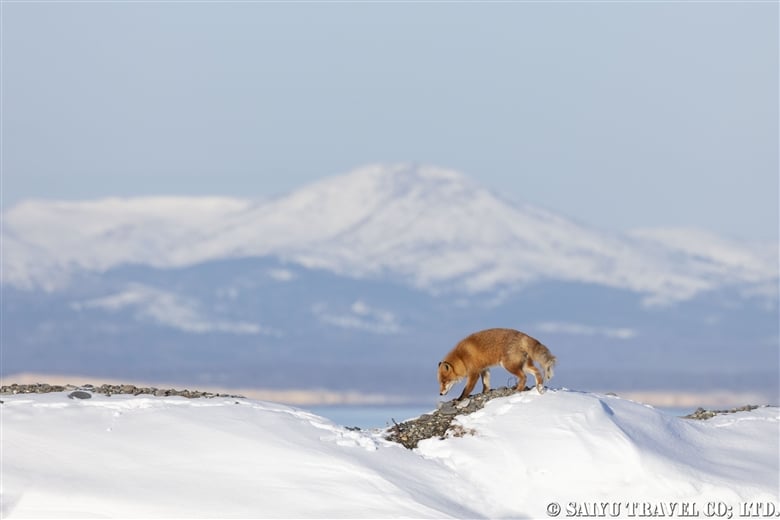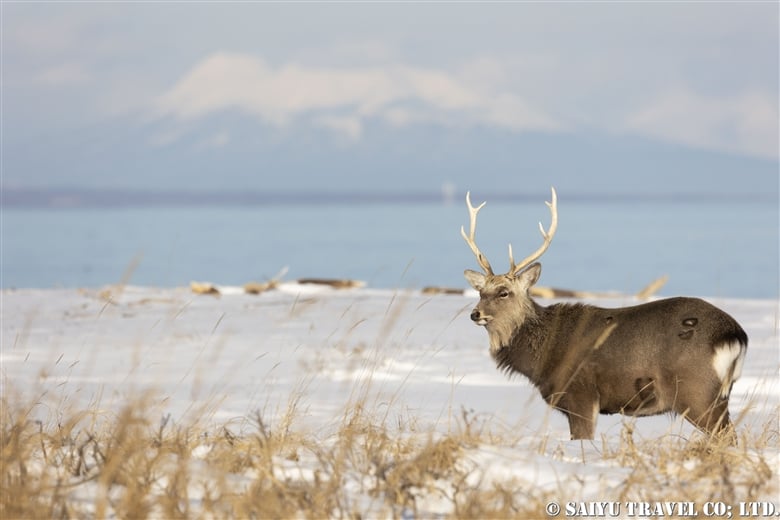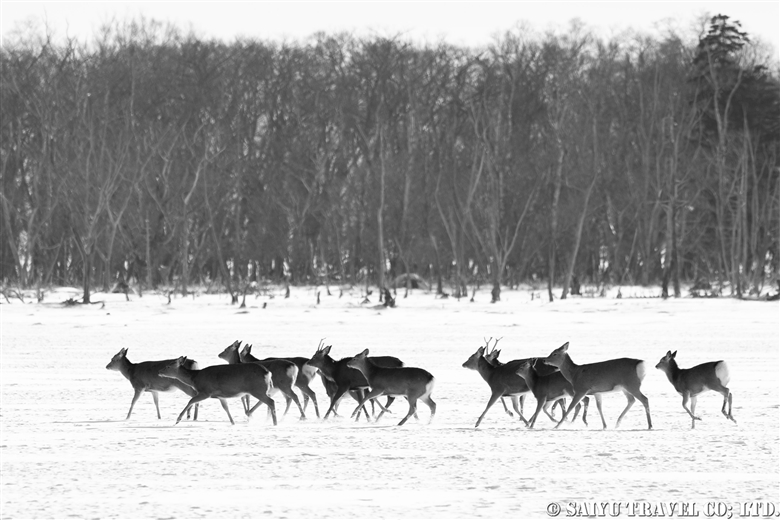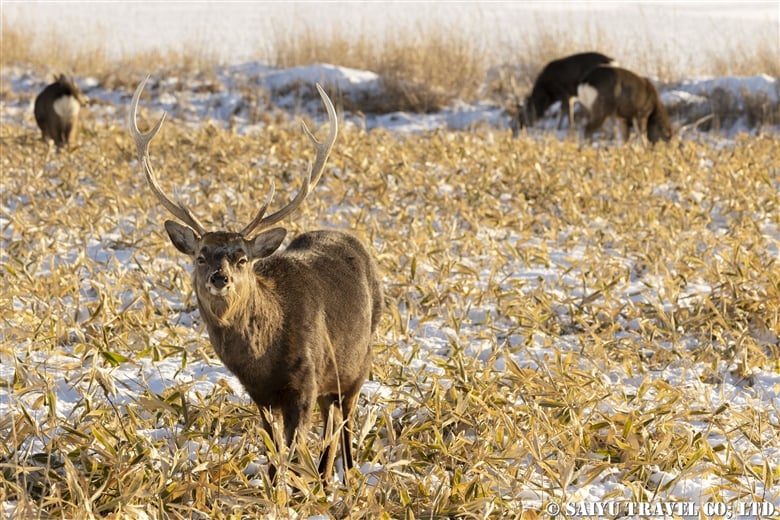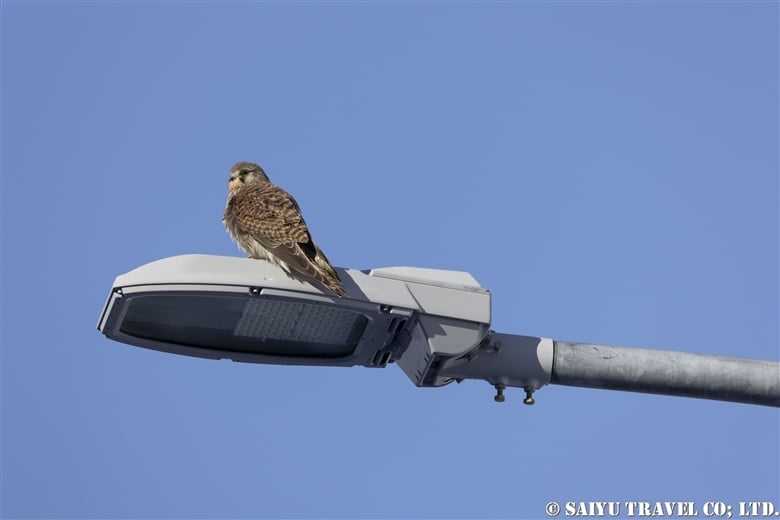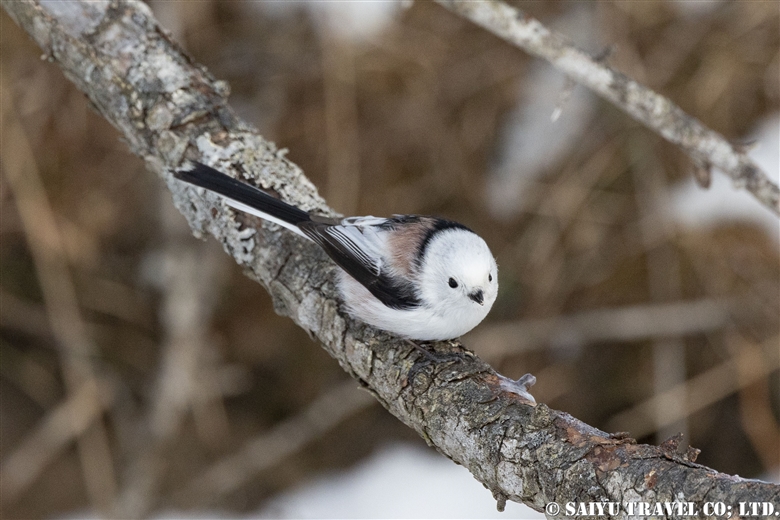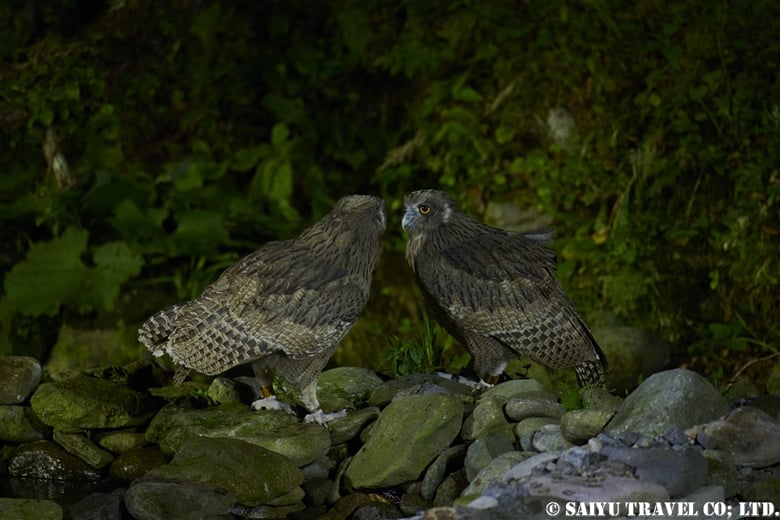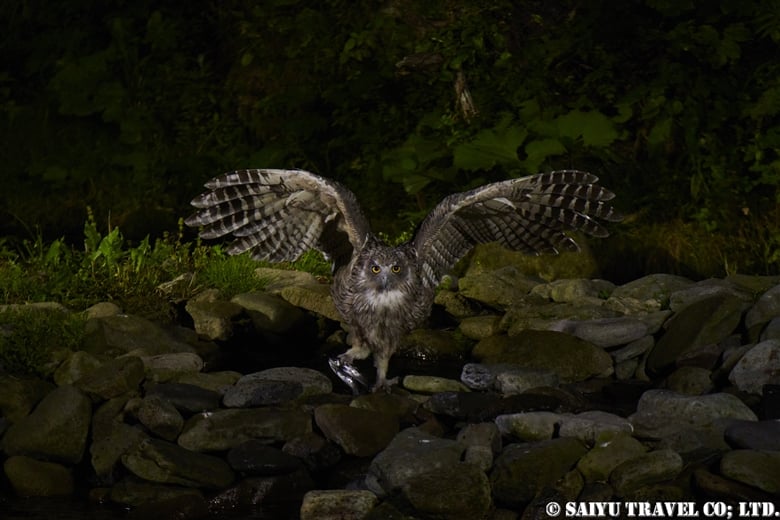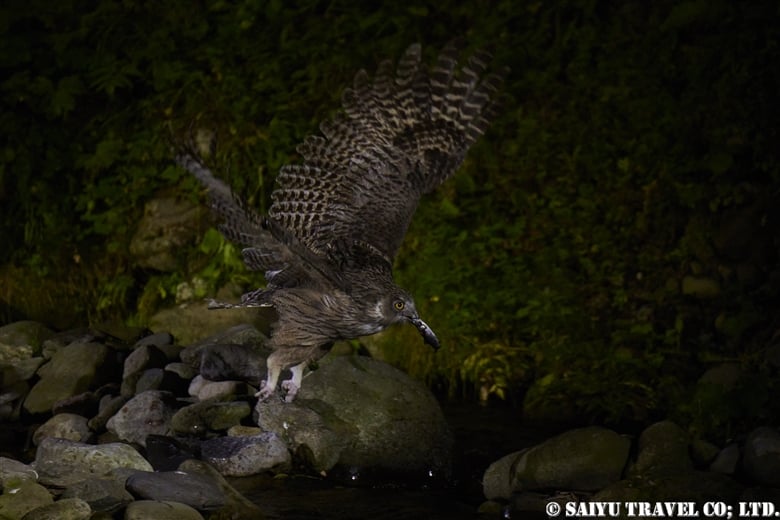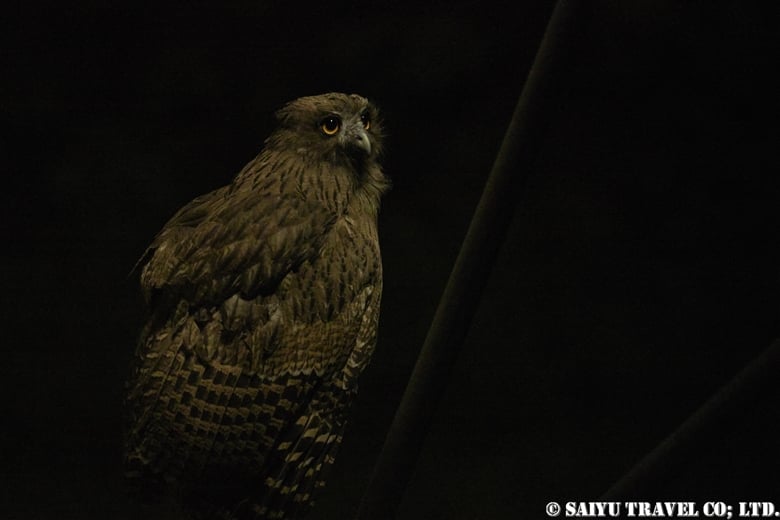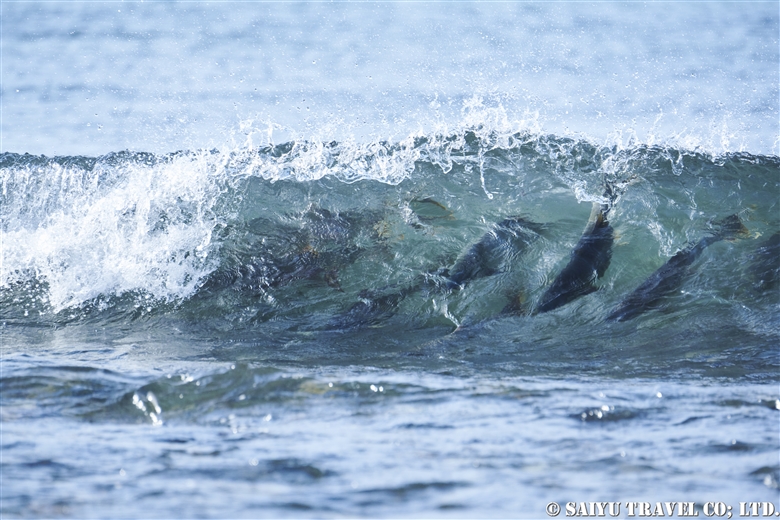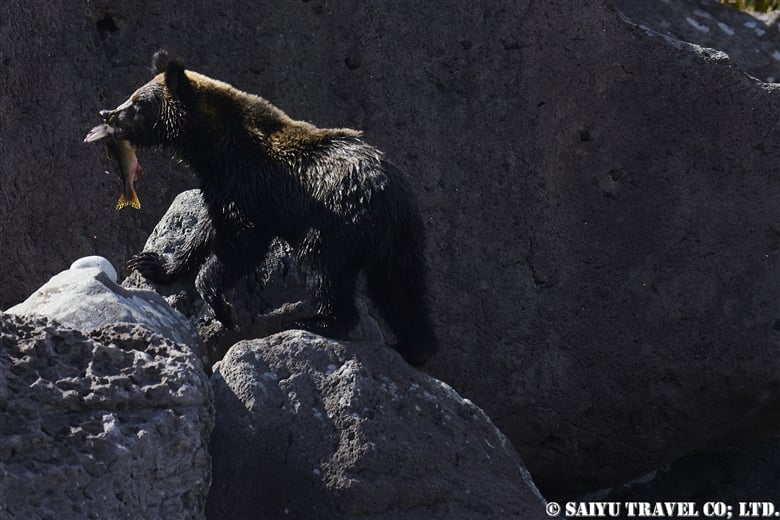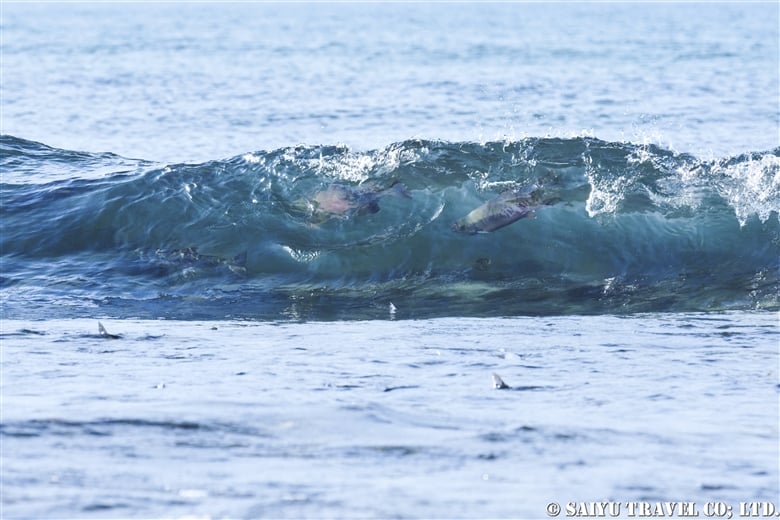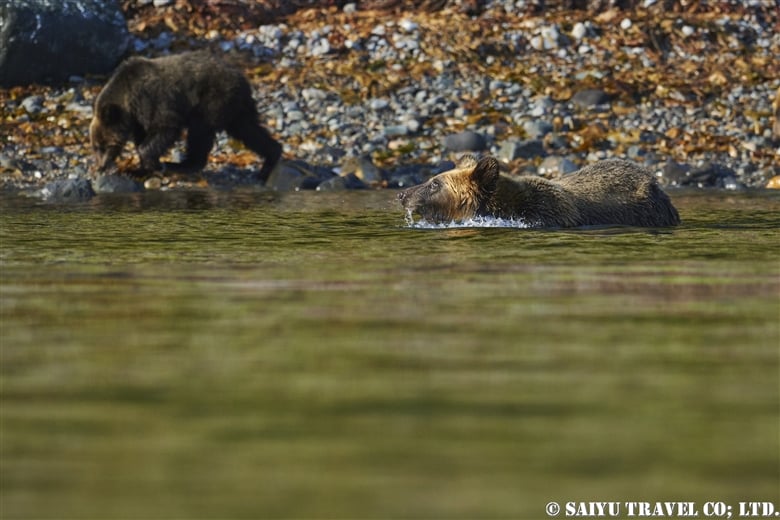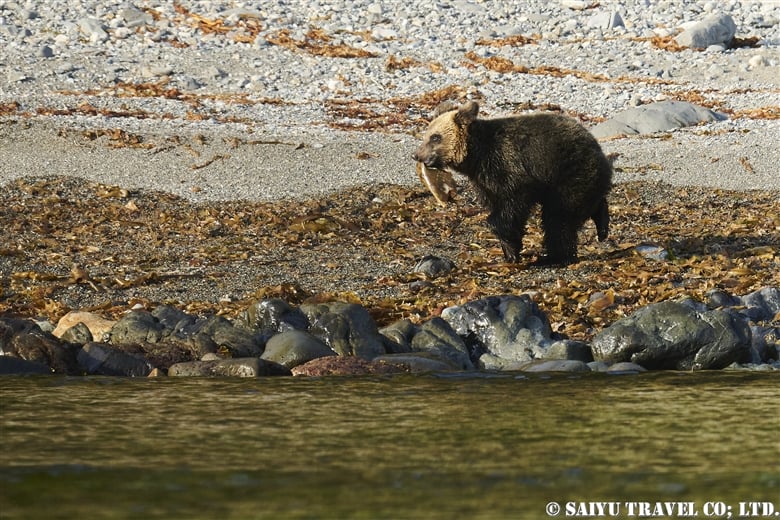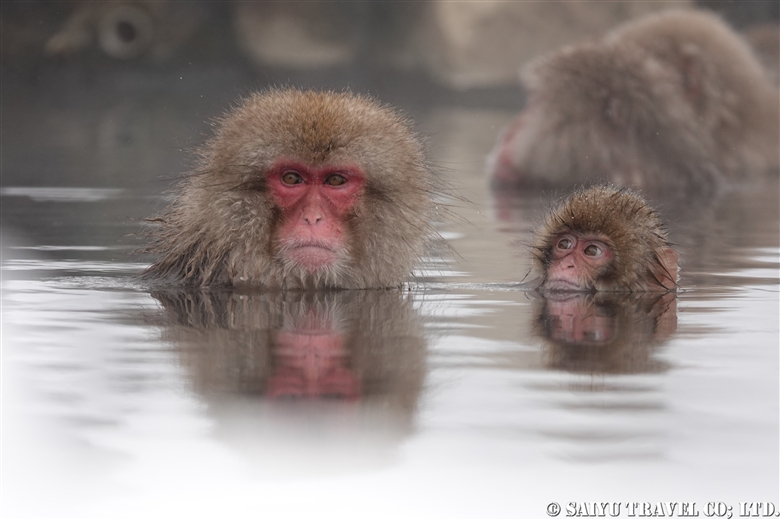
After World War II, the mountains around Jigokudani, where Japanese macaques reside, were seriously affected by the then-developing forestry industry. This deforestation robbed monkeys of their natural habitat and caused them to travel down to nearby villages, where they wrought damage on local apple farms. Fearing that this would lead to the monkeys being exterminated, Shogo Hara, the first director of Jigokudani-Yaen-Koen, came up with a plan. He started feeding these displaced monkeys in an area deep within the mountains, away from the apple farms. He believed that, if they could just find enough food to eat in the mountains, the monkeys would not resort to ransacking farms. Although it took three years to get the highly cautious Japanese macaques used to being fed by humans, Mr. Hara’s efforts eventually delivered reliable results, and in 1964, Jigokudani-Yaen-Koen officially opened its gates.
During the snowy winter months when it is difficult for them to find food in the mountains, many Japanese macaques opt to gather at this park. The hike up to the monkeys requires that visitors trek for approximately 30 minutes on a snowy trail—the distance is understandable, given the original point of feeding them there was to keep them far away from human settlements. Crampons or snow spikes are essential equipment to have here, as the hiking trail is quite icy and slippery.
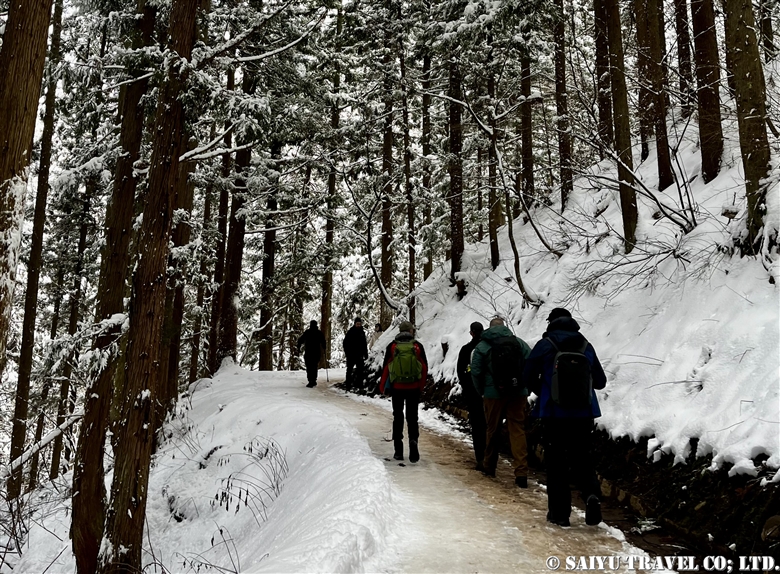
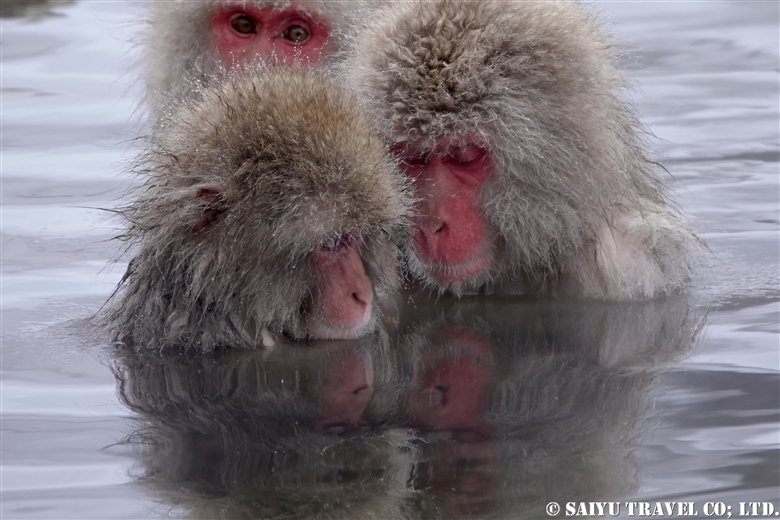
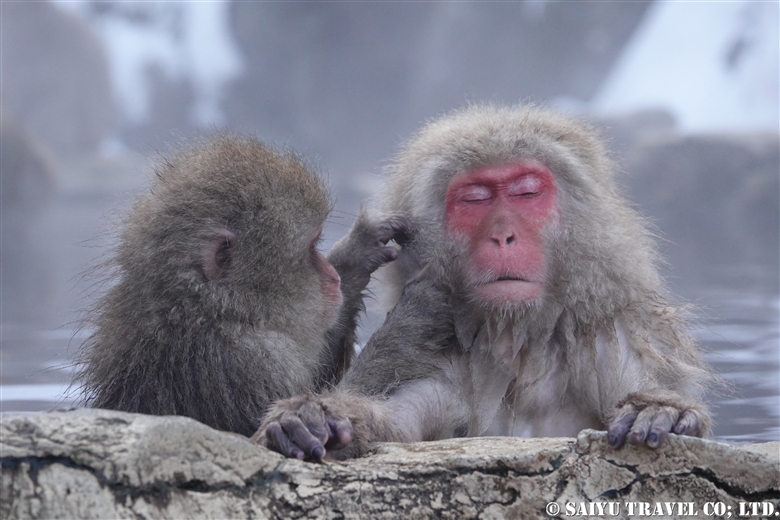
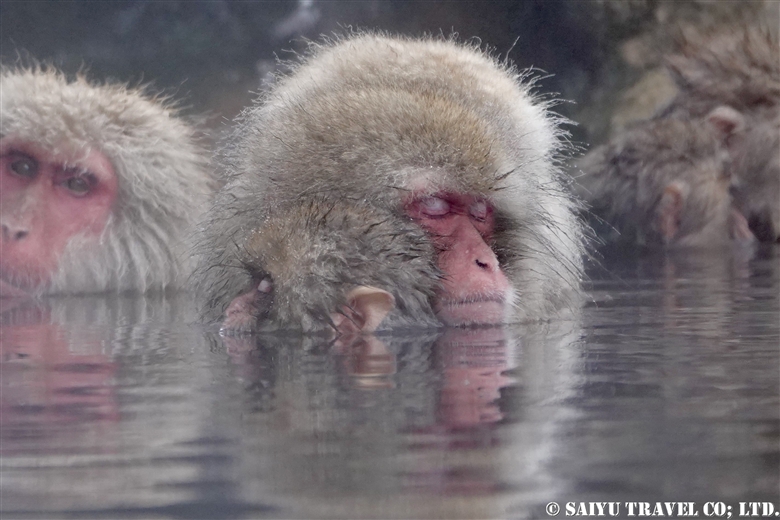
Japanese macaques give birth from late April to June, meaning that in January and February, it’s possible to glimpse many baby macaques experiencing their first-ever winter. These young monkeys are brimming with curiosity and are constantly active and full of energy. No matter how long you stare at these cuties, you’ll never get tired of them. Getting to see a mother monkey holding her child firmly in her arms to protect them from the cold is also a very striking image that’s sure to stay with you.
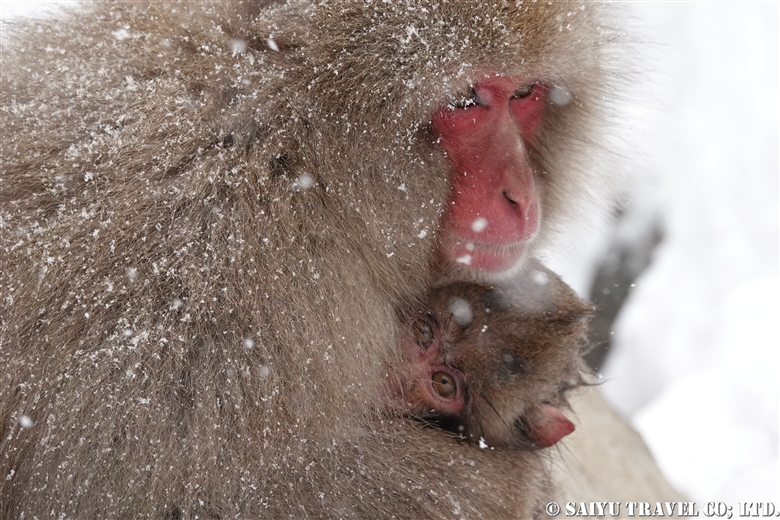
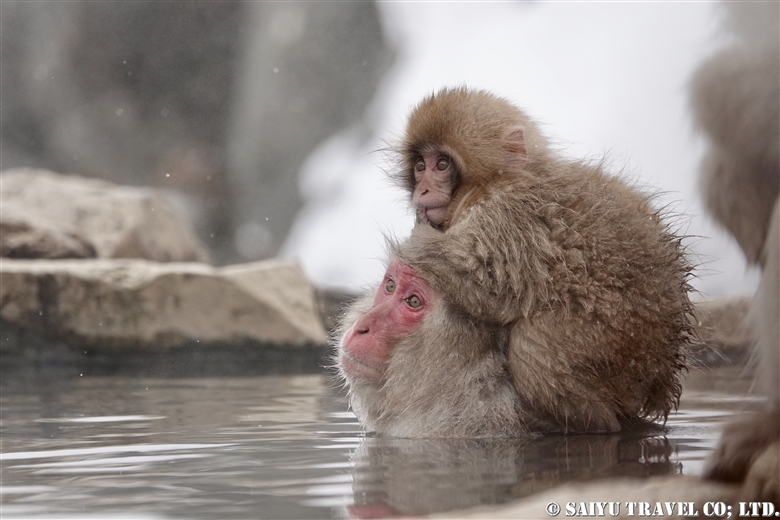
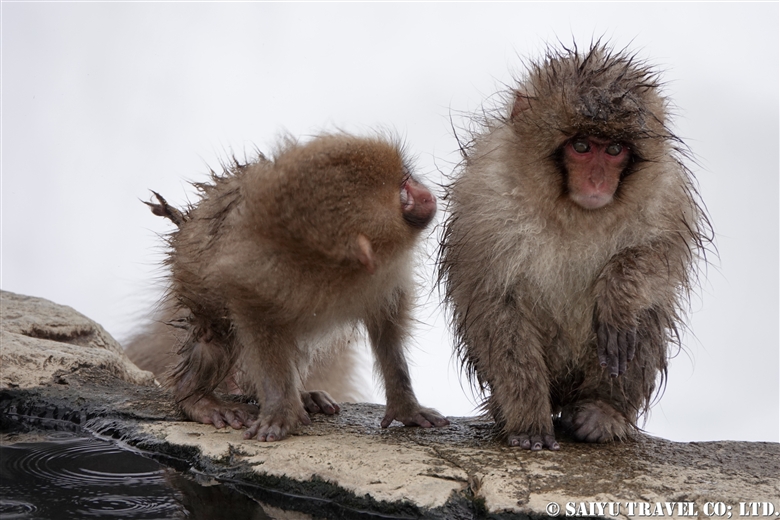
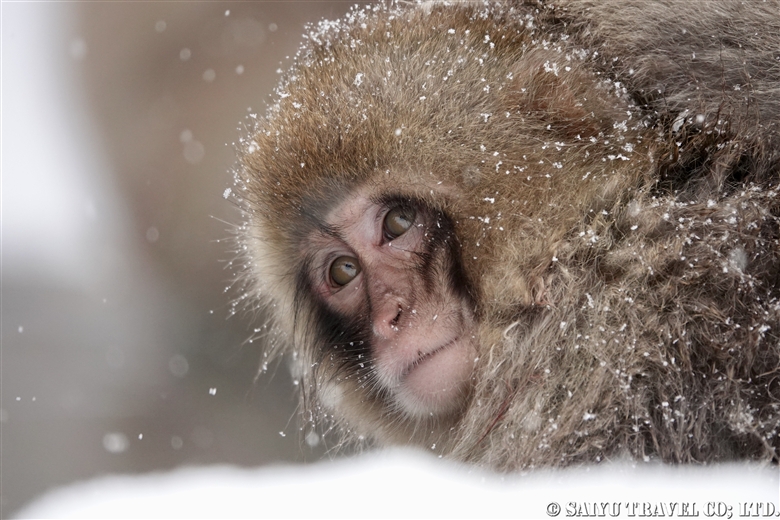
There’s more to this park’s monkeys than just bathing in hot springs. Whether it be on the mountain slopes or by the riverside running through the park, you can spot many Japanese macaques here doing what they do best: grooming their fur, searching for food in the snow, and sometimes even fighting over said food. One of the things that makes the park so unique is precisely that the monkeys are used to being around humans. This means they can be observed and photographed at very close range—though it is important to abide by the park rules, which state that it is forbidden to approach within 1 meter of them.
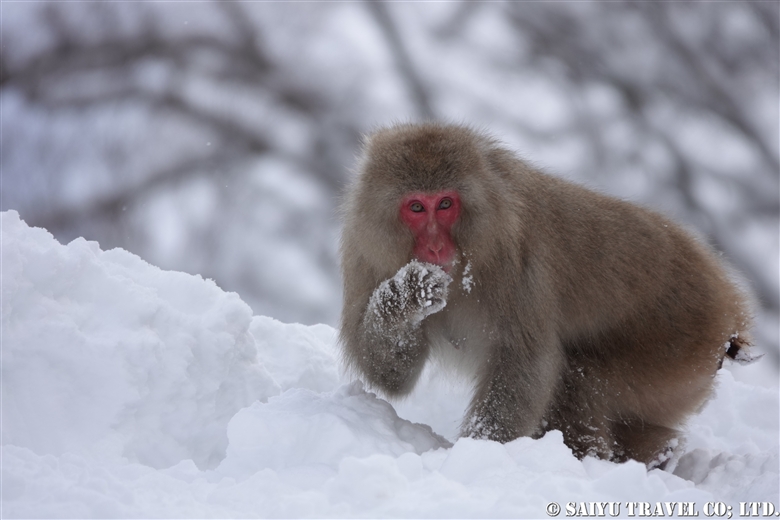
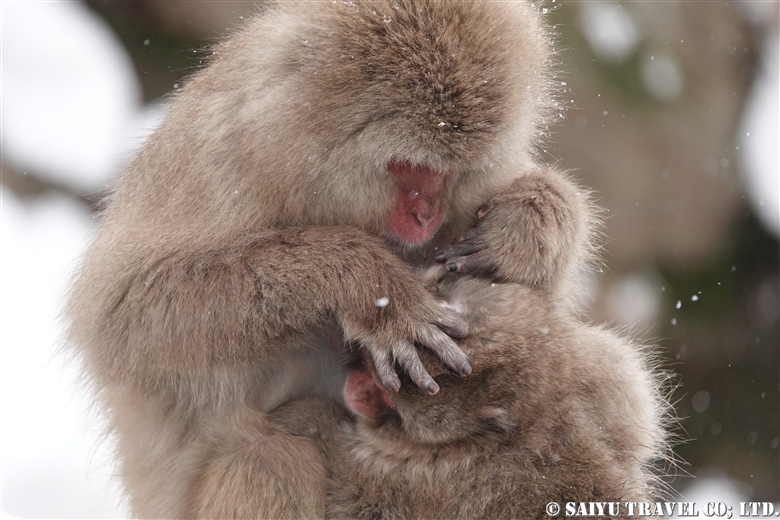
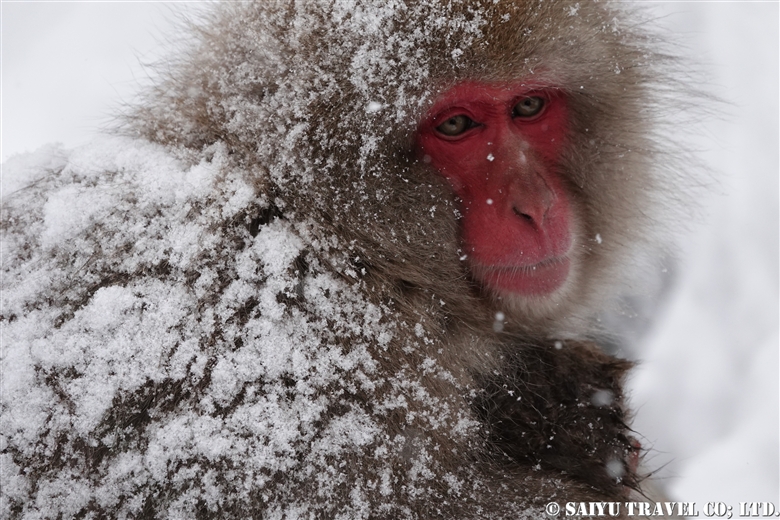
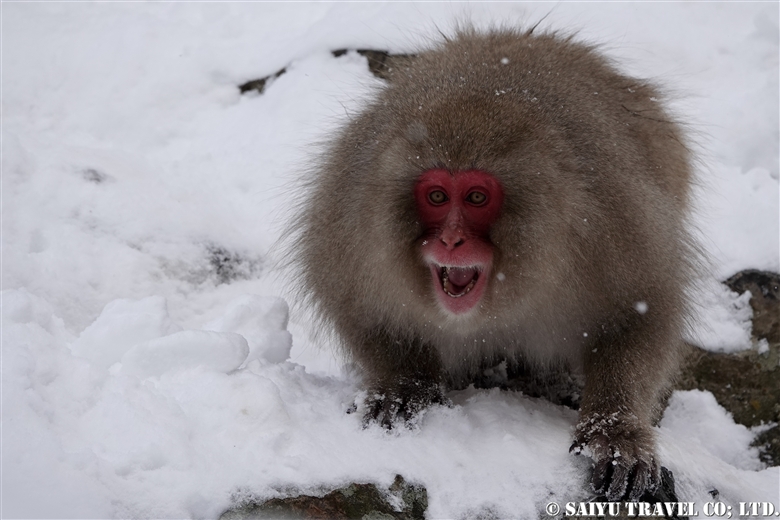
The first time Jigokudani-Yaen-Koen attracted the world’s attention was in 1970, when it was featured in LIFE magazine in the United States. After that, during the Nagano Winter Olympics held in 1998, media outlets from many countries reported on the existence of these snow monkeys, which led to this park becoming known all over the world. Nowadays, a wide variety of people—running the gamut from families and couples to ordinary tourists and serious photographers—visit this wonderful Nagano village. They return home with a wonderful experience and share it with others, continuing to spread the word about the wonders of Jigokudani to the whole world.
Photo & Text : Kengo Yonetani
Observation : Feb 2025, Jigokudani-Onsen, Nagano, Japan
★Contact us to make arrangements for photographing Snow Monkey and Wildlife of Japan.
★Wildlife videos are also available on Youtube – we have the playlist as well.
Tags: Jigoku-dani, Wildlife of Japan, Snow monkey photography, Wildlife Photography in Japan, 地獄谷, Saiyu Travel Japan, スノーモンキー, Saiyu Travel, Snow Monkeys, Snow Monkey, Japanese macaque, Jigokudani






